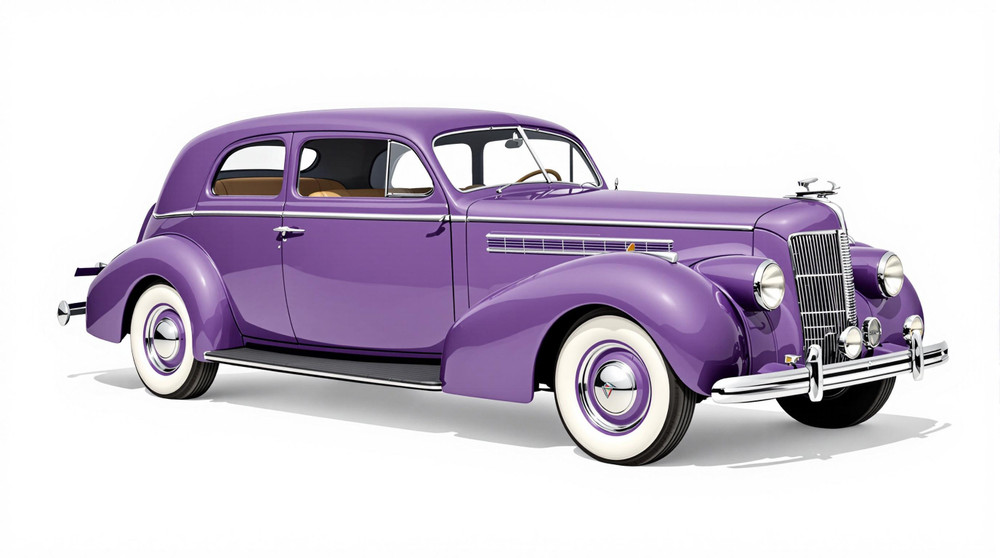Image of 1938 Packard Twelve, Note: These illustrations use artistic license and may differ from actual historical models.
Performance Metrics
Fundamental Metrics
Emotional Appeal
MMP Rating
| Engine Specifications | |
|---|---|
| Engine: | 473 cubic inch V12 |
| Displacement: | 7.8L |
| Horsepower: | 175 HP |
| Torque: | Estimated at 322 lb-ft |
| Compression Ratio: | 6.4:1 |
| Ignition System: | Battery and coil |
| Cooling System: | Liquid-cooled |
| Performance Specifications | |
| 0-60 Time: | Estimated at 17 seconds |
| 1/4 Mile Time: | Not available |
| Top Speed: | 100 mph |
| Transmission and Drive | |
| Drive Type: | Rear-wheel drive |
| Transmission Type: | 3-speed manual |
| Fuel and Efficiency | |
| Fuel System Type: | Carburetor |
| MPG: | Estimated at 8-10 mpg |
| Dimensions and Brakes | |
| Brakes: | 4-wheel drum brakes |
| Wheelbase: | 134 inches |
| Weight: | 5,200 lbs |
Note: Specifications for classic cars are given to the best of our ability, considering the limited and variant data available.
Unveiling the Prestige of the 1938 Packard Twelve
The 1938 Packard Twelve represents a pinnacle of pre-war American luxury and engineering. Born from the esteemed Packard Motor Car Company, this vehicle is a testament to an era when automobiles were as much about grandeur as they were about transportation. The Packard Twelve, with its origins tracing back to the early 1930s, was a symbol of status and wealth during a time when the world was on the brink of monumental change. A unique fact that captivates enthusiasts is that this model was one of the last of its kind, as Packard would soon shift focus due to the impending war efforts.
Design and Innovation
The exterior styling of the 1938 Packard Twelve exudes elegance and strength, with sweeping lines and a long, imposing hood housing its V12 engine. The vehicle's chrome grille and teardrop headlamps are emblematic of its time, yet remain timeless in their appeal. Inside, passengers are enveloped in luxury with fine leather upholstery and rich wood trim adorning the cabin. For its era, it featured remarkable technological advancements such as a column-mounted shifter and an adjustable suspension system. Color options ranged from stately blacks and blues to more adventurous hues, with deep maroons being particularly popular among the elite clientele.
Body styles varied widely, offering potential buyers a choice from coupes to limousines. However, it was the convertible coupe that often stole hearts with its blend of opulence and freedom under the open sky.
Historical Significance
The 1938 Packard Twelve's impact on automotive design cannot be overstated. It set a benchmark for luxury vehicles with its smooth V12 engine—a rarity at the time—and its attention to detail in craftsmanship. This car stood head and shoulders above most contemporaries, cementing Packard's reputation for producing some of the finest automobiles of the pre-war period.
Performance and Handling
Performance-wise, the 1938 Packard Twelve was no slouch. Its 175 horsepower V12 engine propelled it to top speeds that were impressive for such a sizeable automobile. Acceleration was smooth rather than swift by modern standards, but for its time, it was a marvel of power and refinement. On various driving conditions, from bumps to windy roads, the car maintained composure thanks to its well-engineered chassis and suspension system. Driving this car was an auditory pleasure too; the hum of its V12 was music to any auto aficionado's ears.
Ownership Experience
Originally intended for society's upper echelons, this car found use in various capacities—from daily driving by affluent owners to being the centerpiece at car shows or even in parades. Maintenance requires a dedicated commitment due to its age and complexity; however, many owners find this part of the charm—a connection to automotive history that requires hands-on care.
Fun Facts
Among several intriguing trivia points about the 1938 Packard Twelve is that some models were custom-built for high-profile clients including celebrities and politicians. While not known for breaking speed records, it held records in craftsmanship and price tags for consumer cars. Despite criticisms over its fuel consumption—a non-issue for its target market—it remained an object of desire.
Collector's Information
Today, a 1938 Packard Twelve can fetch anywhere from mid-six figures up to over a million dollars depending on condition, provenance, and originality. With only hundreds produced each year during its production run, they are quite rare. The value has generally appreciated over time as classic car collectors vie to add this piece of automotive royalty to their collections.
Conclusion
In summing up the legacy of the 1938 Packard Twelve, we are reminded not just of an automobile but of an artifact that encapsulates an era's aspirations and achievements. It stands as a monument to pre-war luxury and remains one of the most sought-after collector cars today—a true jewel in the crown of American automotive history.
1938 Packard Twelve Catalog of Parts
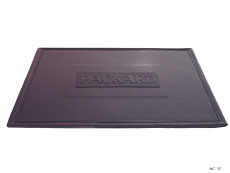 1938 Packard TWELVE Accessory Floor Mat - 12"X17"-AC 32Accessory Floor Mat - made of high quality black rubber with molded original emblem. Also designed to be sewn into new carpets. 12"X17", Each
1938 Packard TWELVE Accessory Floor Mat - 12"X17"-AC 32Accessory Floor Mat - made of high quality black rubber with molded original emblem. Also designed to be sewn into new carpets. 12"X17", Each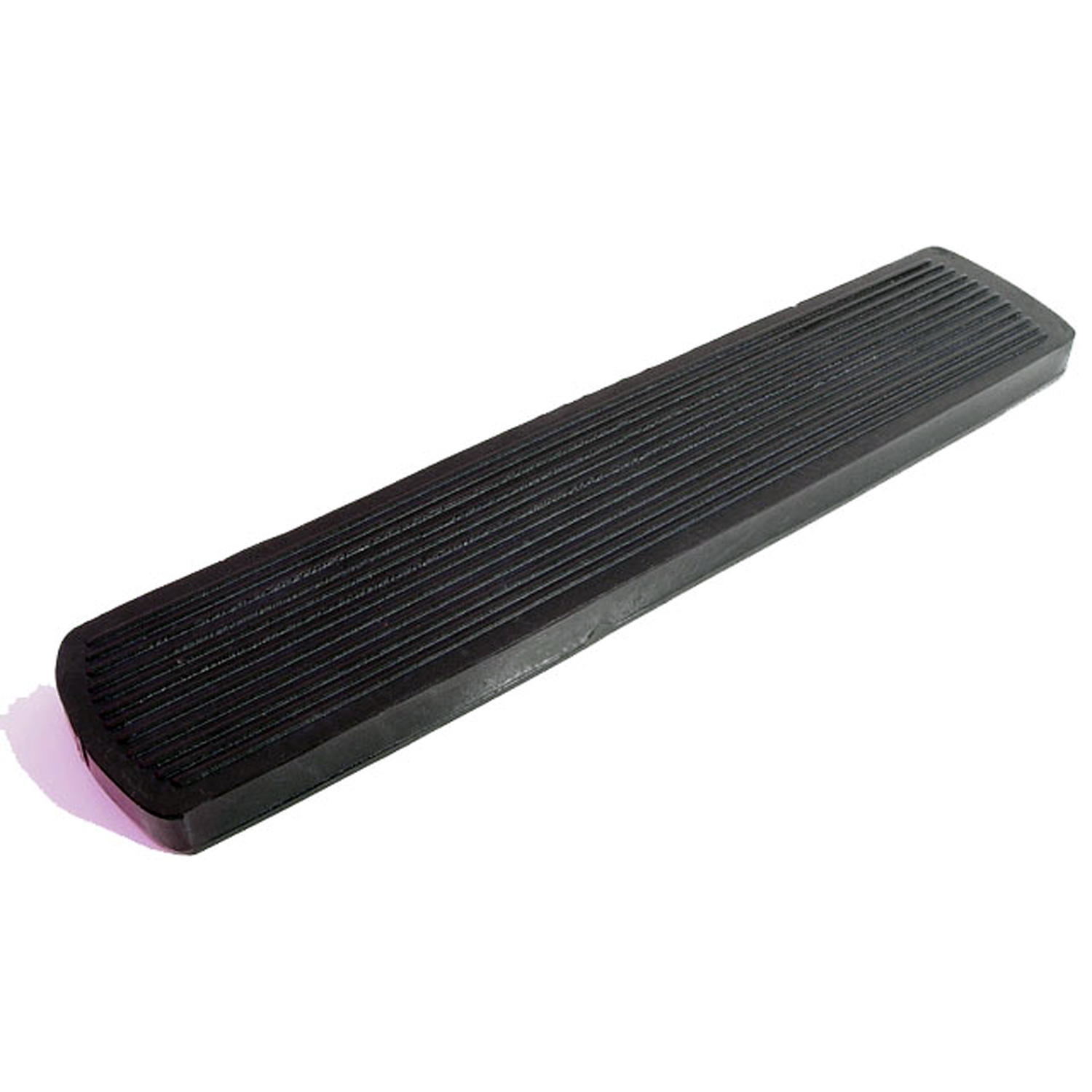 1938 Packard TWELVE Accelerator Pedal Pad. 1-7/8" X 9-3/8", Each-AP 16Accelerator Pedal Pad. 1-7/8" X 9-3/8", Each
1938 Packard TWELVE Accelerator Pedal Pad. 1-7/8" X 9-3/8", Each-AP 16Accelerator Pedal Pad. 1-7/8" X 9-3/8", Each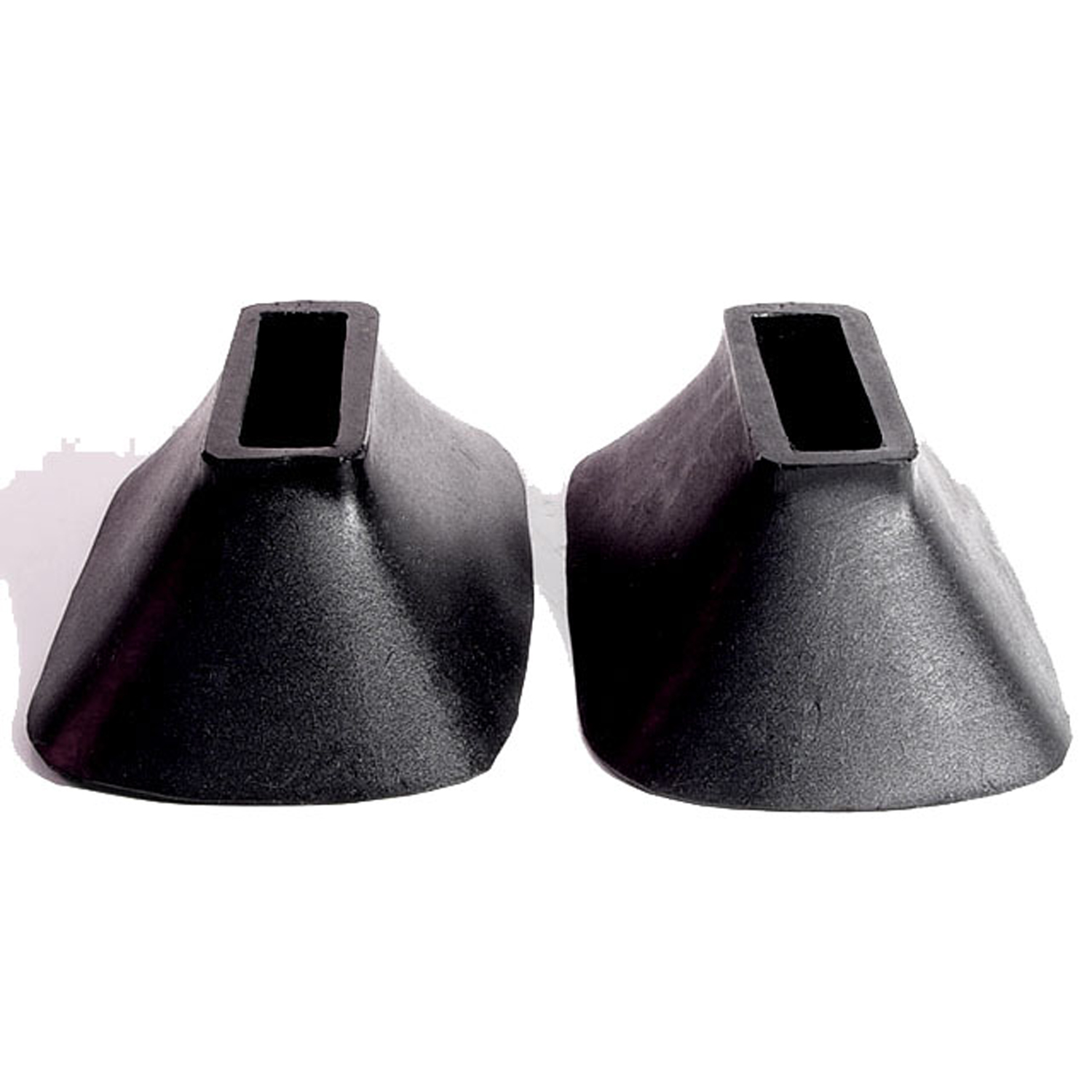 1938 Packard TWELVE Front Bumper Arm Grommets -BG 24Front Bumper Arm Grommets. 2-3/8" wide X 3-7/8" long, with 1-5/8" long inner slot. Pair
1938 Packard TWELVE Front Bumper Arm Grommets -BG 24Front Bumper Arm Grommets. 2-3/8" wide X 3-7/8" long, with 1-5/8" long inner slot. Pair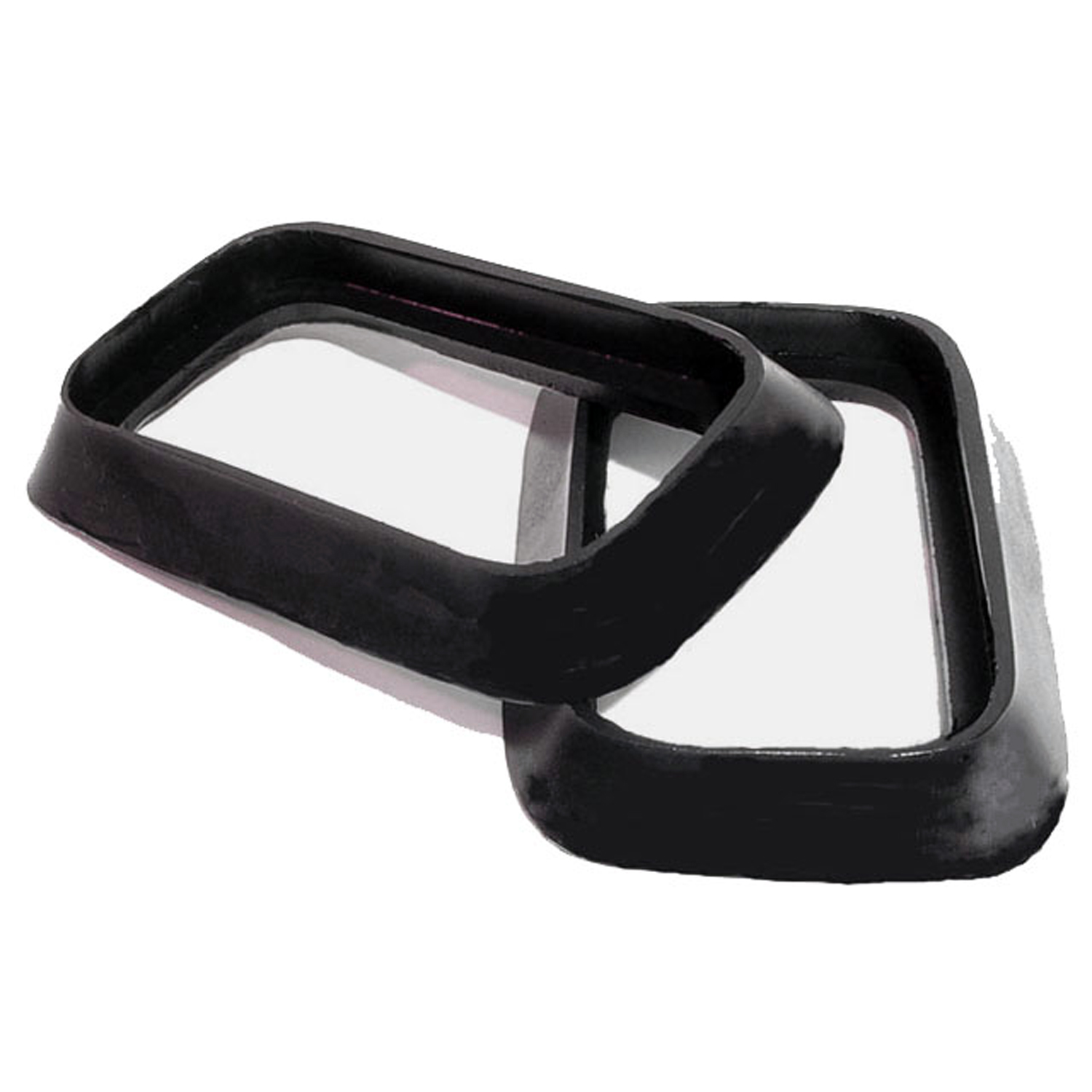 1938 Packard TWELVE Front and Rear Bumper Arm Grommets -BG 25Front and Rear Bumper Arm Grommets. 2-9/16" wide X 4" long with 3-1/4" long inner slot. Pair
1938 Packard TWELVE Front and Rear Bumper Arm Grommets -BG 25Front and Rear Bumper Arm Grommets. 2-9/16" wide X 4" long with 3-1/4" long inner slot. Pair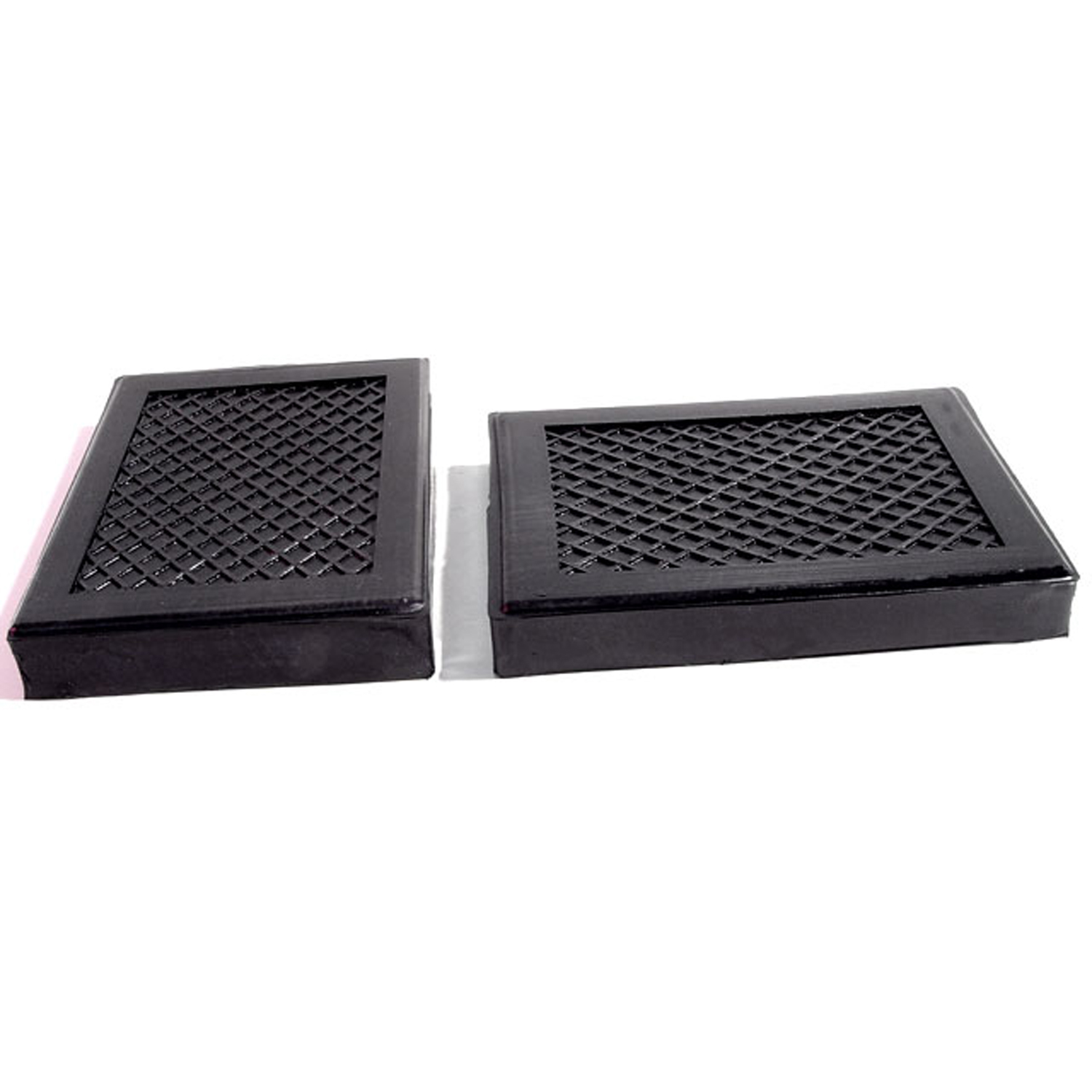 1938 Packard TWELVE Clutch and Brake Pedal Pads. 2-3/4" wide X 3-15/16" long-CB 14Clutch and Brake Pedal Pads. 2-3/4" wide X 3-15/16" long. Pair
1938 Packard TWELVE Clutch and Brake Pedal Pads. 2-3/4" wide X 3-15/16" long-CB 14Clutch and Brake Pedal Pads. 2-3/4" wide X 3-15/16" long. Pair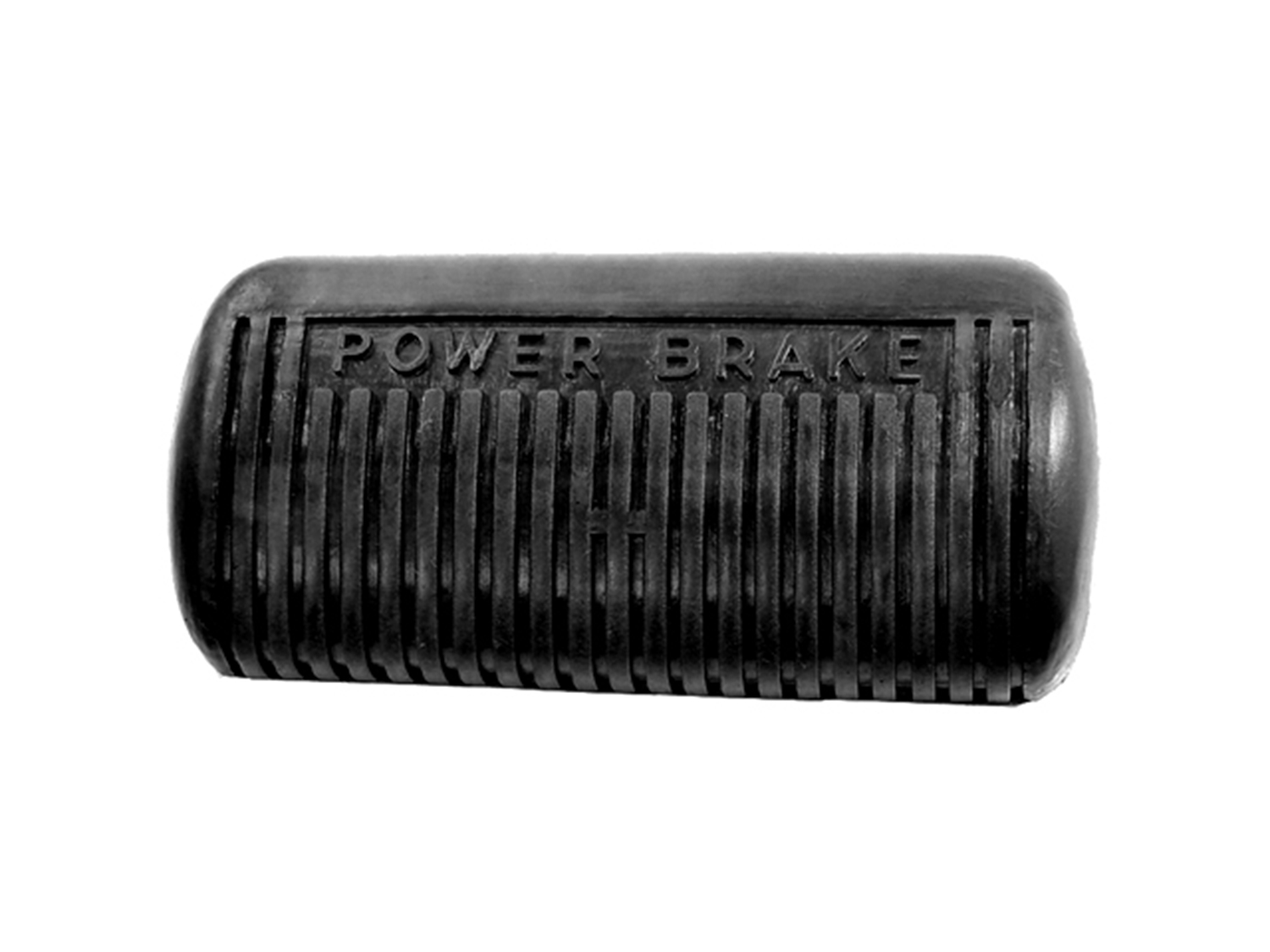 1938 Packard TWELVE Power Brake Pad. 2-3/4" Wide. Each-CB 14-APower Brake Pad. 2-3/4" Wide. Each
1938 Packard TWELVE Power Brake Pad. 2-3/4" Wide. Each-CB 14-APower Brake Pad. 2-3/4" Wide. Each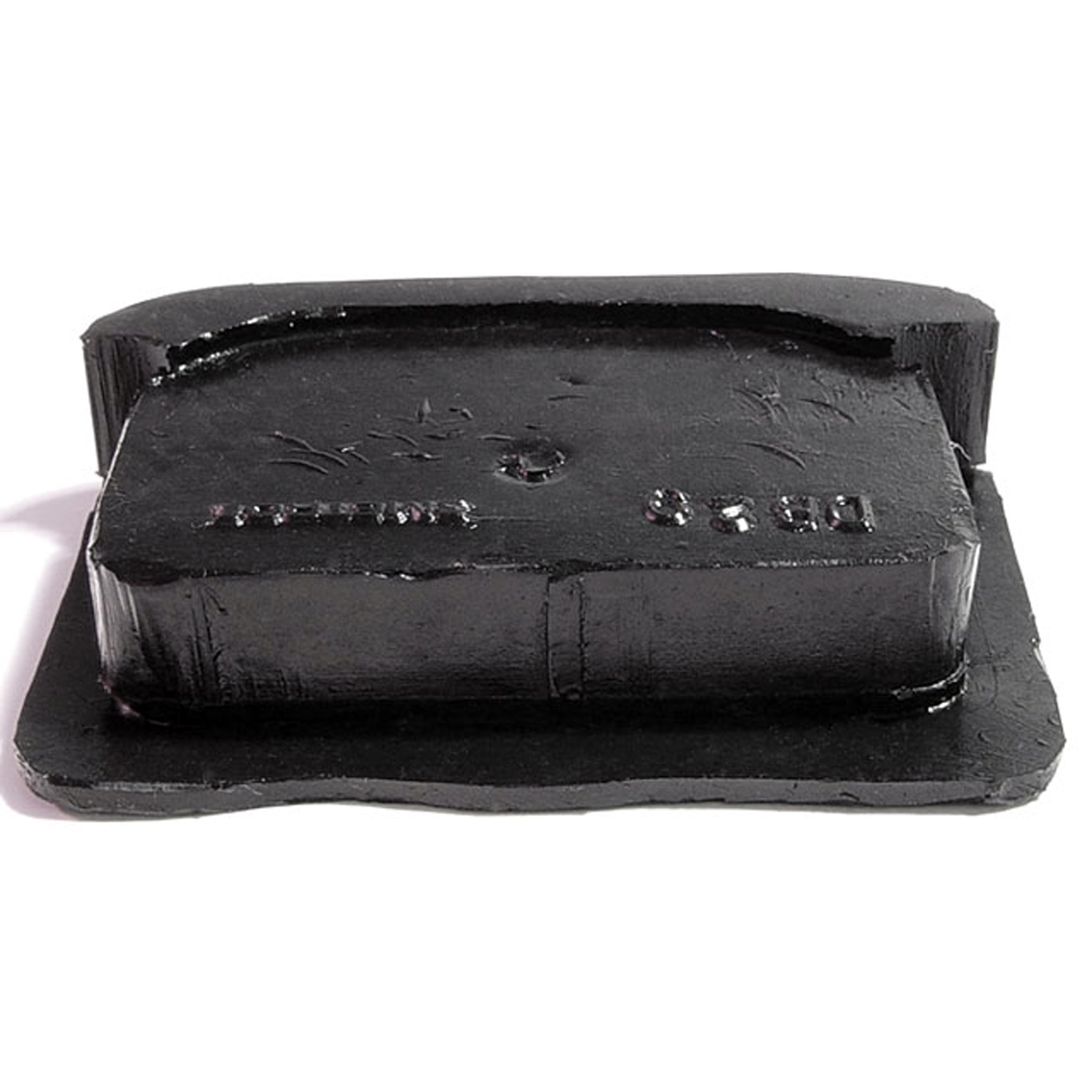 1938 Packard TWELVE Door Bumper. 1-3/8" high X 2" wide X 1/2" thick. Each-DB 29Door Bumper. 1-3/8" high X 2" wide X 1/2" thick. Each
1938 Packard TWELVE Door Bumper. 1-3/8" high X 2" wide X 1/2" thick. Each-DB 29Door Bumper. 1-3/8" high X 2" wide X 1/2" thick. Each 1938 Packard TWELVE Windshield Center Bar Gasket. 20" long. Each-DP 12Windshield Center Bar Gasket. 20" long. Each
1938 Packard TWELVE Windshield Center Bar Gasket. 20" long. Each-DP 12Windshield Center Bar Gasket. 20" long. Each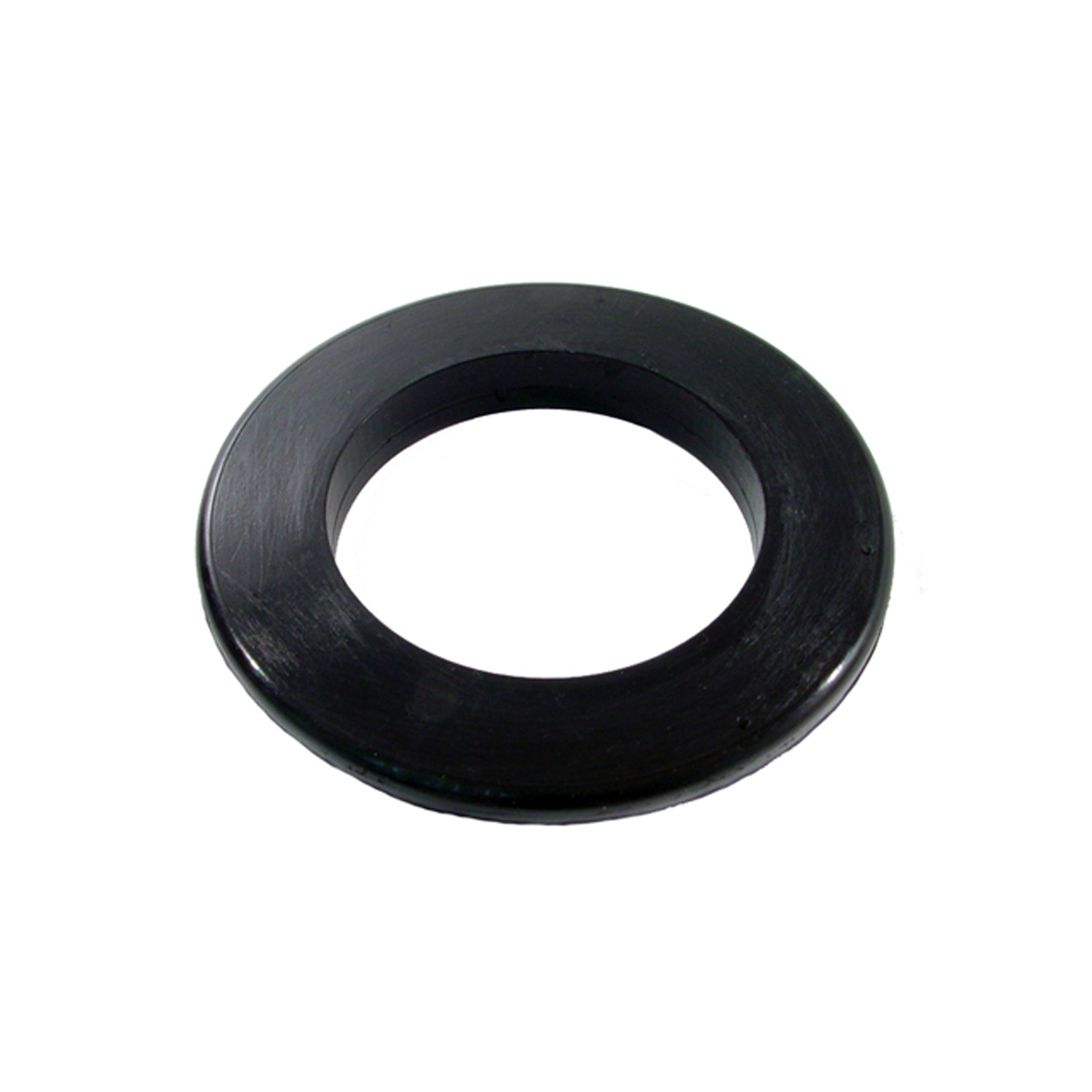 1938 Packard TWELVE Gas Filler Grommet. 2-1/2" I.D., 4-1/8" O.D. Each-GF 12Gas Filler Grommet. 2-1/2" I.D., 4-1/8" O.D. Each
1938 Packard TWELVE Gas Filler Grommet. 2-1/2" I.D., 4-1/8" O.D. Each-GF 12Gas Filler Grommet. 2-1/2" I.D., 4-1/8" O.D. Each 1938 Packard TWELVE Hood Corners. 1-3/4" to 2" corner radius-HC 14Hood Corners. 1-3/4" to 2" corner radius. Pad is 3-3/8" long. Pair
1938 Packard TWELVE Hood Corners. 1-3/4" to 2" corner radius-HC 14Hood Corners. 1-3/4" to 2" corner radius. Pad is 3-3/8" long. Pair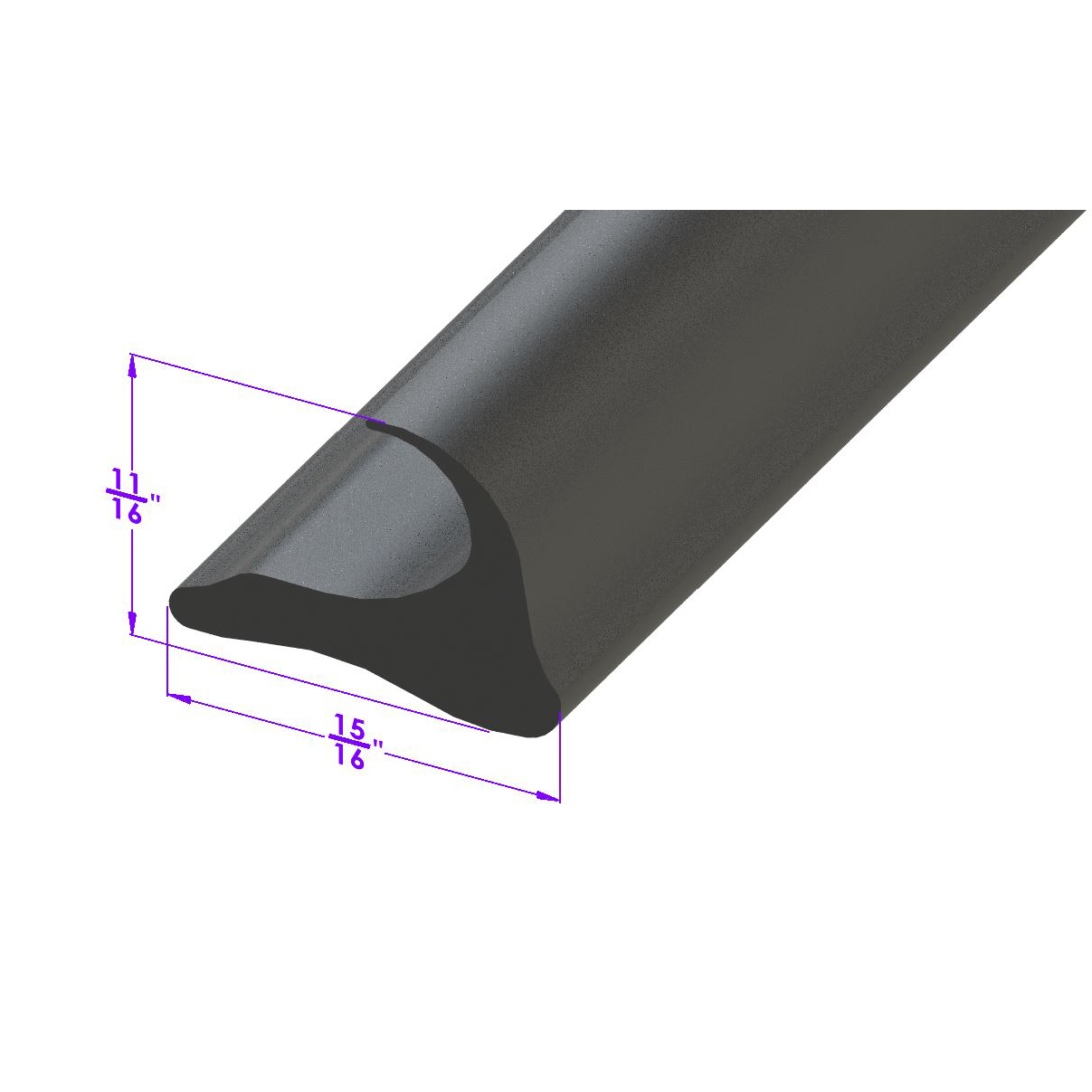 1938 Packard TWELVE Side Roof Rail Seal. Fits in metal retainer-LP 12-ASide Roof Rail Seal. Fits in metal retainer. Sold by the foot
1938 Packard TWELVE Side Roof Rail Seal. Fits in metal retainer-LP 12-ASide Roof Rail Seal. Fits in metal retainer. Sold by the foot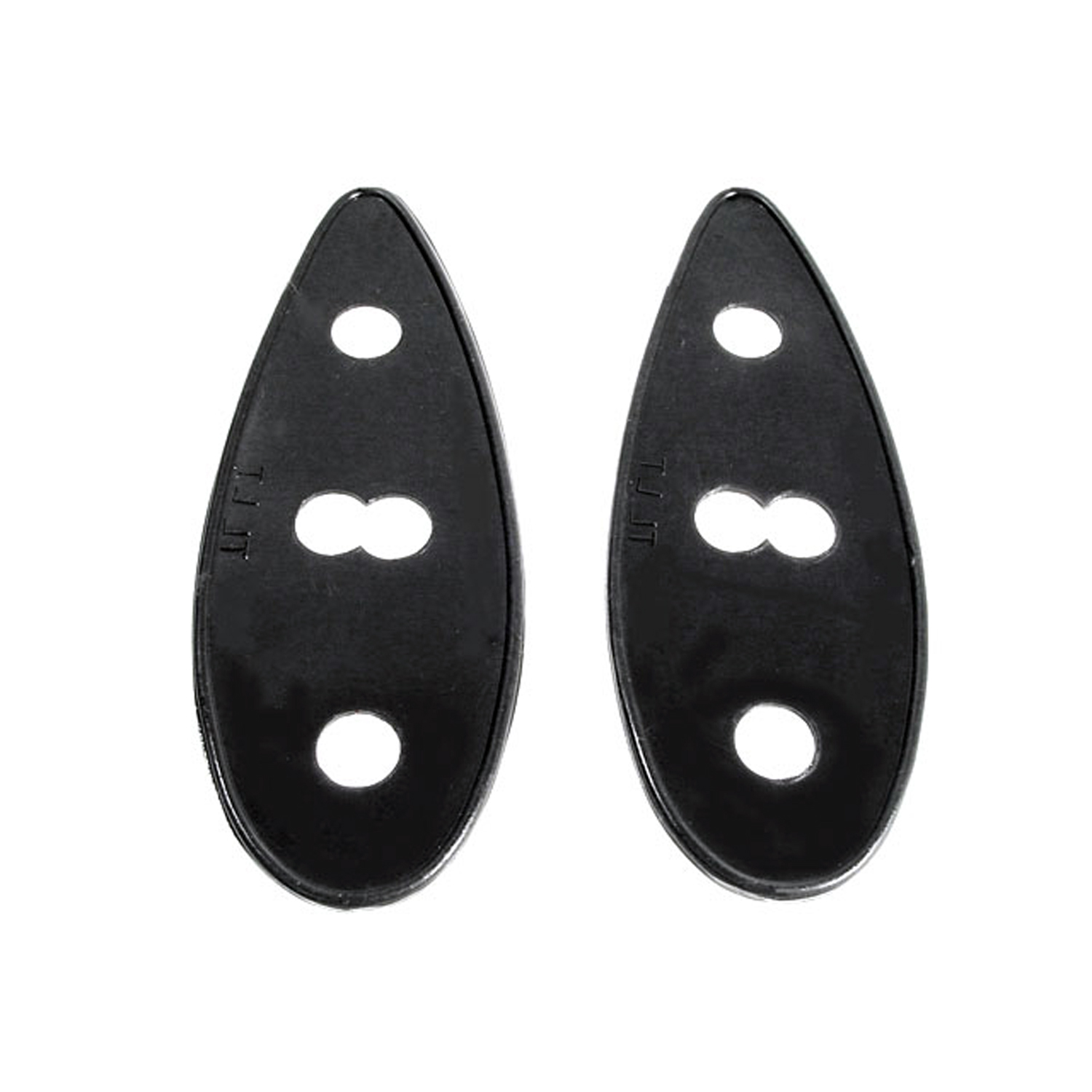 1938 Packard TWELVE Tail-light Pads. 2-1/2" wide X 6-1/2" long. Pair-MP 832Tail-light Pads. 2-1/2" wide X 6-1/2" long. Pair
1938 Packard TWELVE Tail-light Pads. 2-1/2" wide X 6-1/2" long. Pair-MP 832Tail-light Pads. 2-1/2" wide X 6-1/2" long. Pair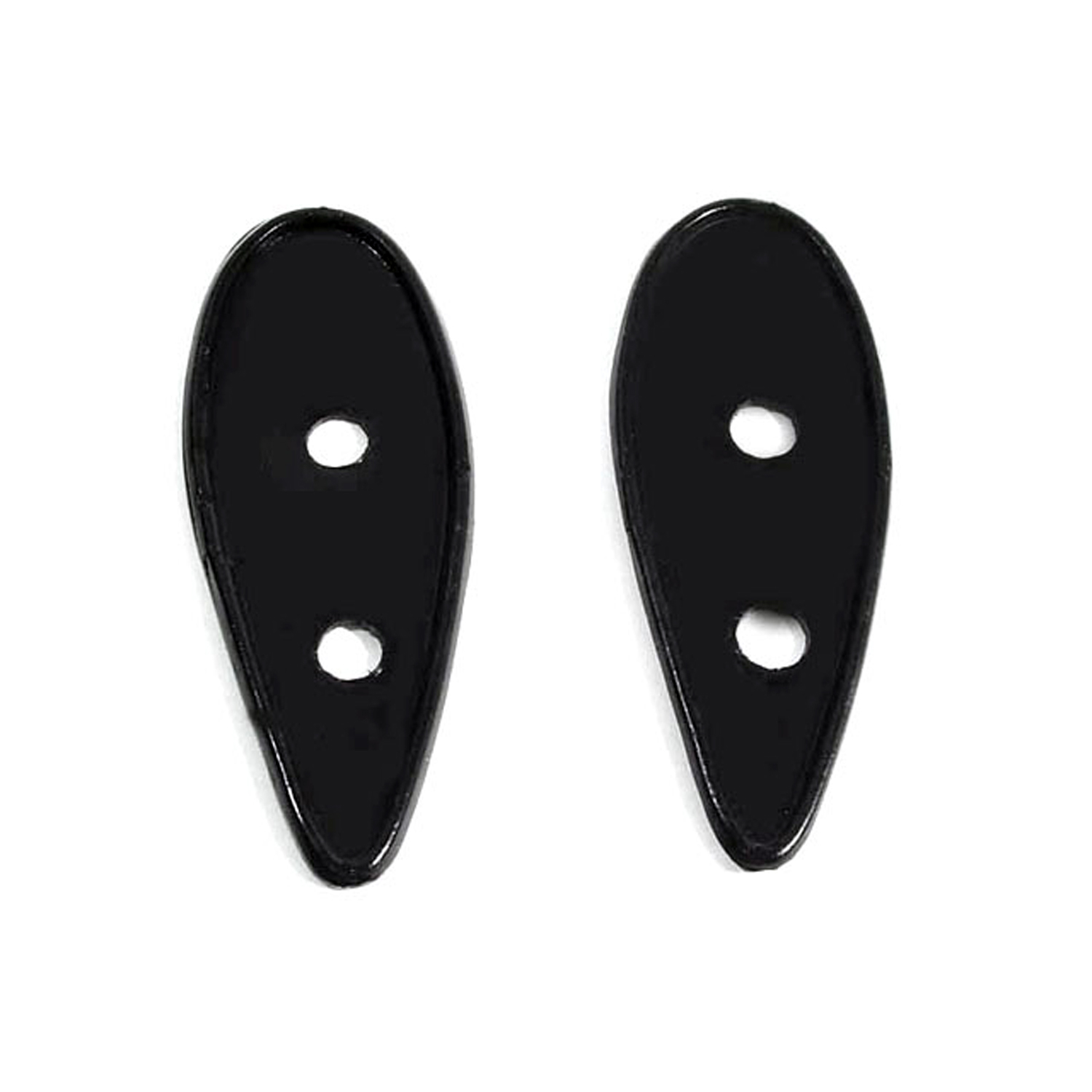 1938 Packard TWELVE Tail-light Pads. 4" long. 1-5/8" wide X 4-1/8" long-MP 832-CTail-light Pads. 4" long. 1-5/8" wide X 4-1/8" long. Pair
1938 Packard TWELVE Tail-light Pads. 4" long. 1-5/8" wide X 4-1/8" long-MP 832-CTail-light Pads. 4" long. 1-5/8" wide X 4-1/8" long. Pair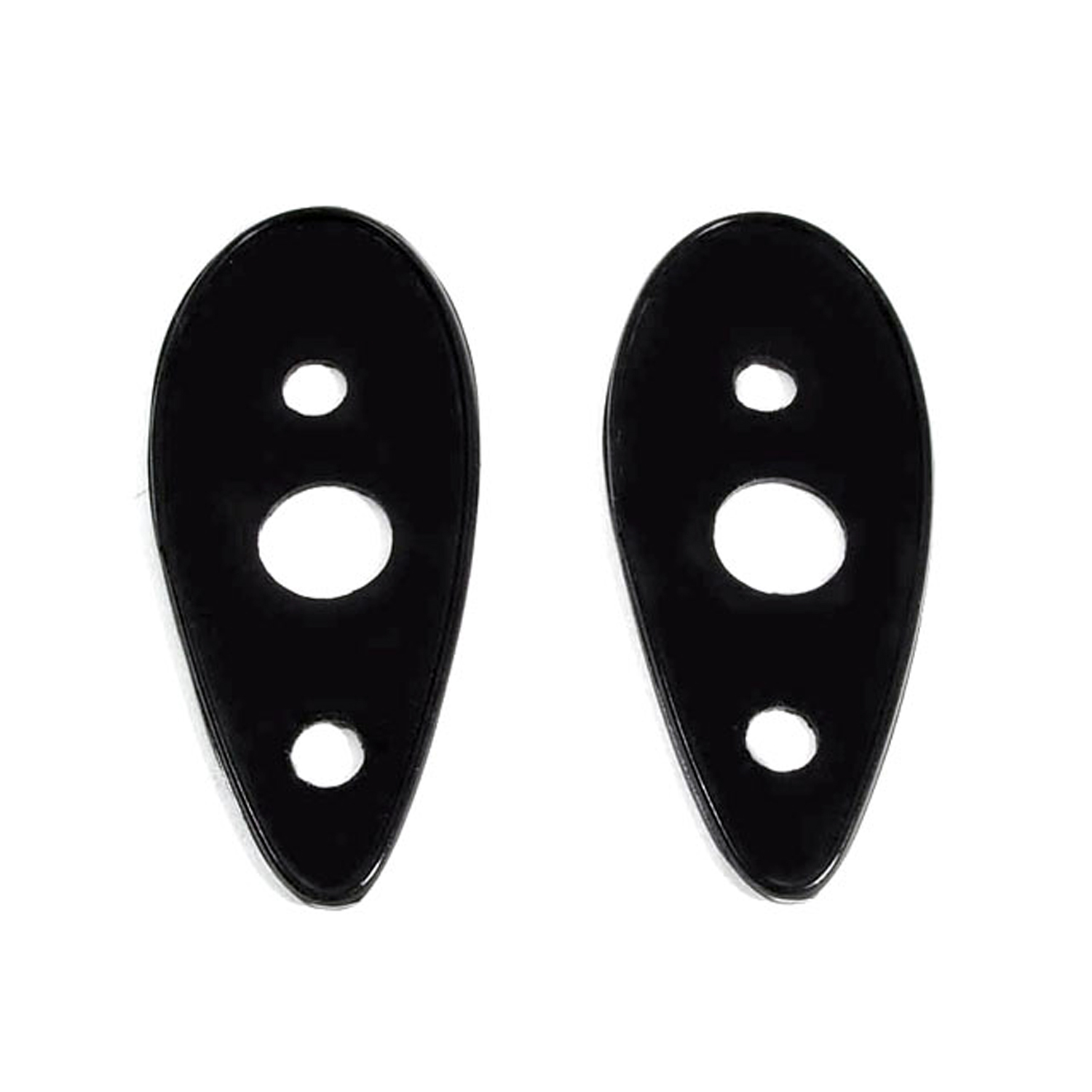 1938 Packard TWELVE Tail-light Pads. 4-1/2" long. 2" wide X 4-1/2" long-MP 833Tail-light Pads. 4-1/2" long. 2" wide X 4-1/2" long. Pair
1938 Packard TWELVE Tail-light Pads. 4-1/2" long. 2" wide X 4-1/2" long-MP 833Tail-light Pads. 4-1/2" long. 2" wide X 4-1/2" long. Pair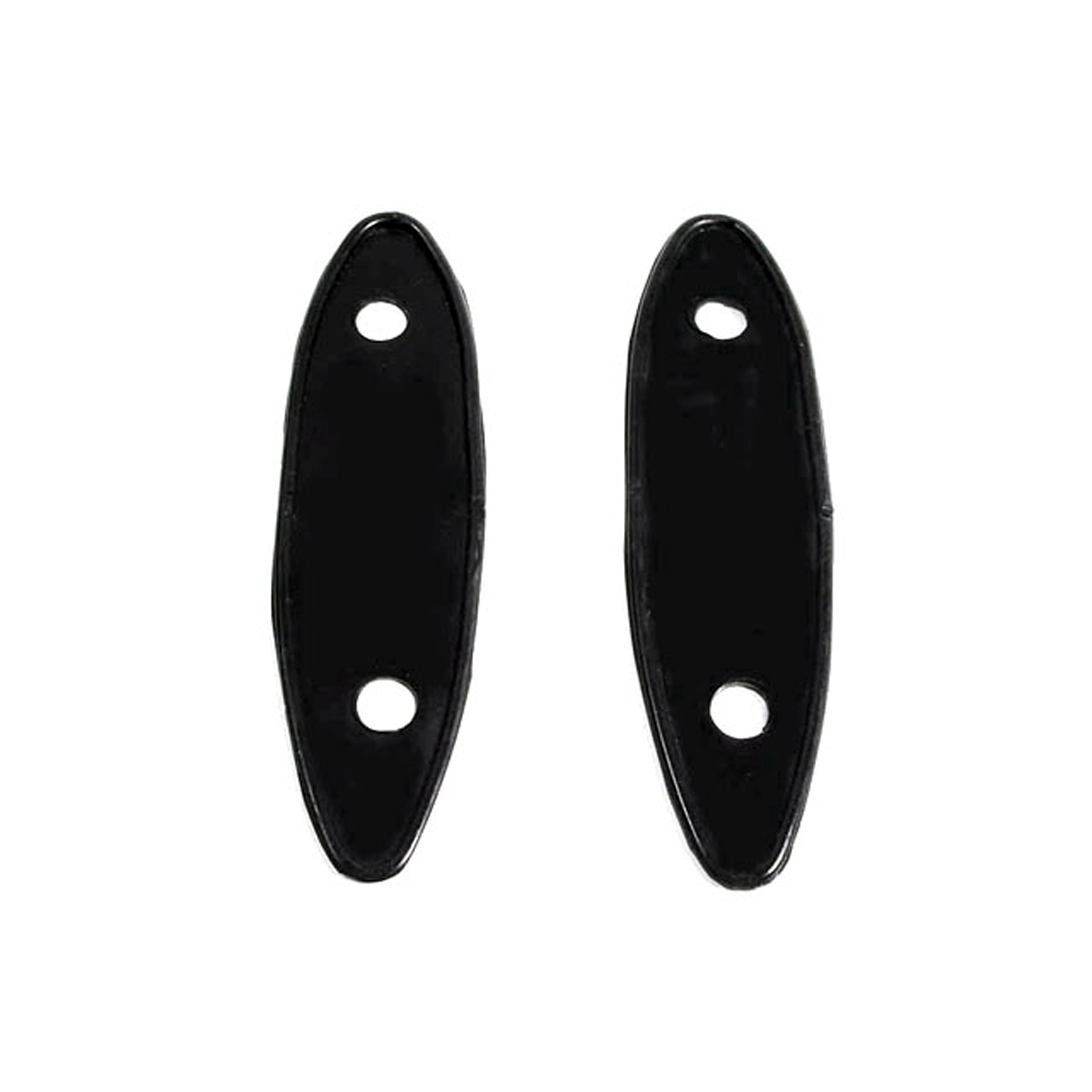 1938 Packard TWELVE Park Light Pads. 1-1/2" wide X 5-3/8" long. Pair-MP 834Park Light Pads. 1-1/2" wide X 5-3/8" long. Pair
1938 Packard TWELVE Park Light Pads. 1-1/2" wide X 5-3/8" long. Pair-MP 834Park Light Pads. 1-1/2" wide X 5-3/8" long. Pair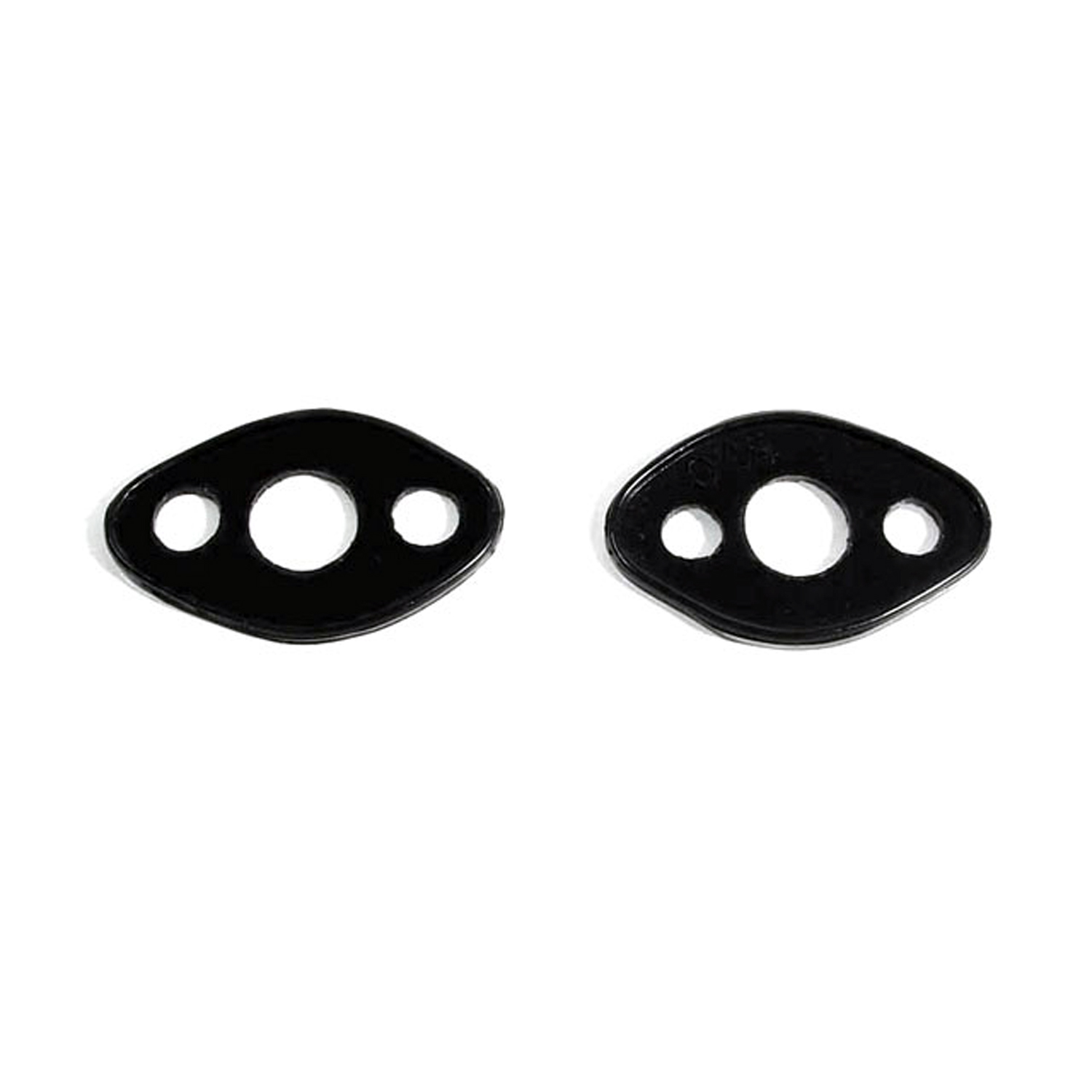 1938 Packard TWELVE Door Handle Pads. 1-1/4" wide X 2-1/4" long. Pair-MP 837Door Handle Pads. 1-1/4" wide X 2-1/4" long. Pair
1938 Packard TWELVE Door Handle Pads. 1-1/4" wide X 2-1/4" long. Pair-MP 837Door Handle Pads. 1-1/4" wide X 2-1/4" long. Pair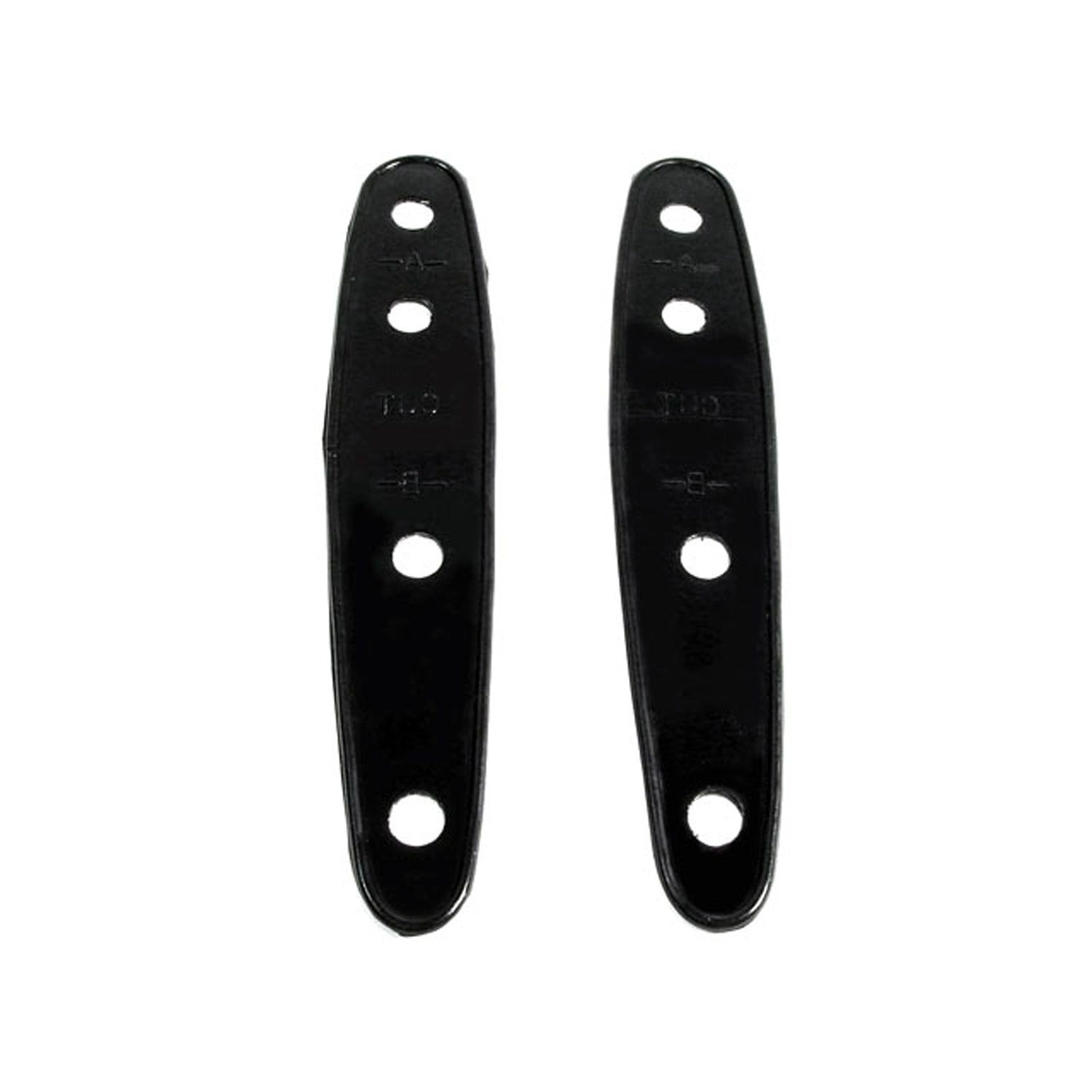 1938 Packard TWELVE Trunk Hinge Pads. 1-1/2" wide X 7-1/4" long. Cut to size-MP 839Trunk Hinge Pads. 1-1/2" wide X 7-1/4" long. Cut to size. Set
1938 Packard TWELVE Trunk Hinge Pads. 1-1/2" wide X 7-1/4" long. Cut to size-MP 839Trunk Hinge Pads. 1-1/2" wide X 7-1/4" long. Cut to size. Set 1938 Packard TWELVE Rumble Seat Step-Plate Pad. 3-1/4" wide X 5-5/8" long-MP 841Rumble Seat Step-Plate Pad. 3-1/4" wide X 5-5/8" long. Each
1938 Packard TWELVE Rumble Seat Step-Plate Pad. 3-1/4" wide X 5-5/8" long-MP 841Rumble Seat Step-Plate Pad. 3-1/4" wide X 5-5/8" long. Each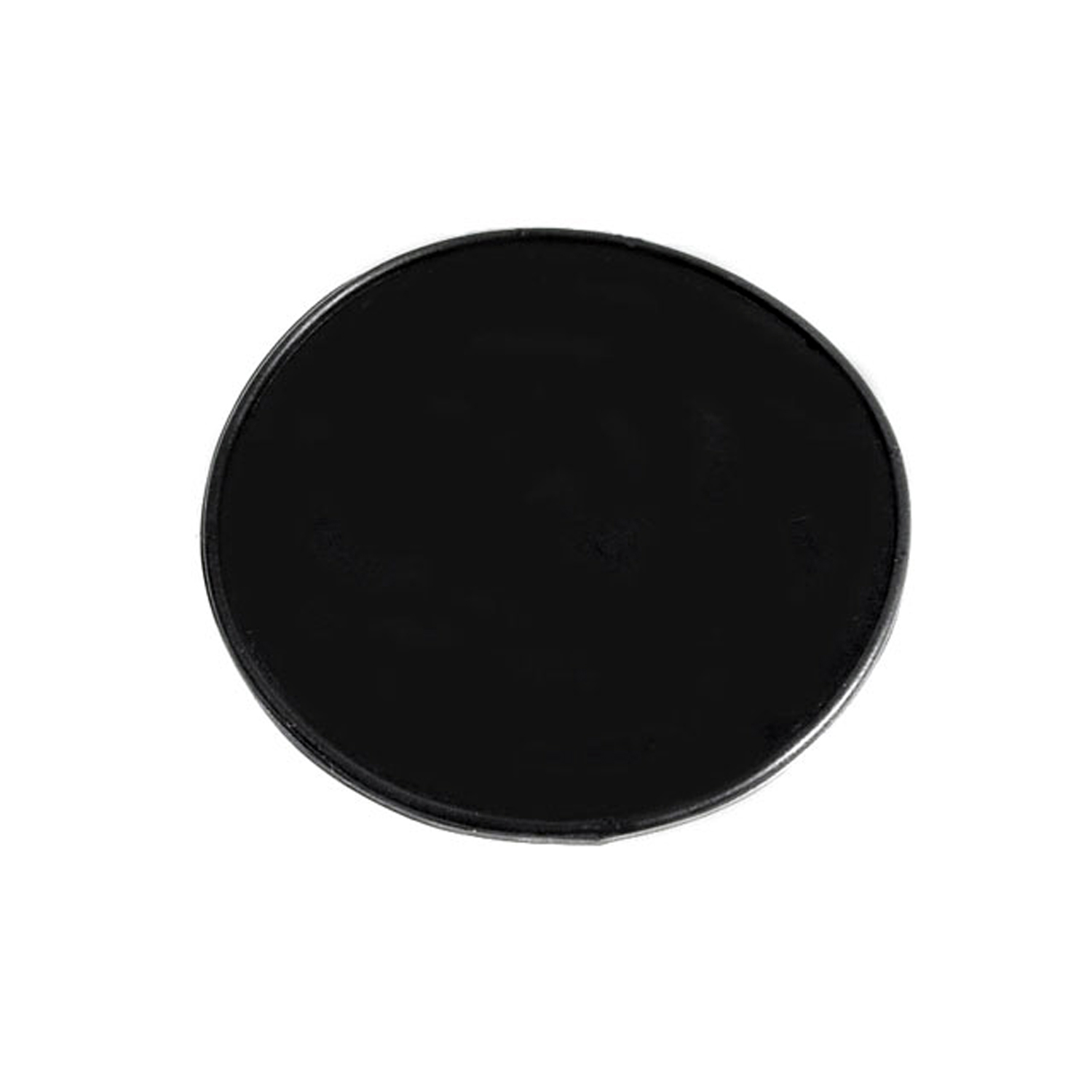 1938 Packard TWELVE Rumble Seat Step-Plate Pad. 4-1/8" O.D. Each-MP 841-BRumble Seat Step-Plate Pad. 4-1/8" O.D. Each
1938 Packard TWELVE Rumble Seat Step-Plate Pad. 4-1/8" O.D. Each-MP 841-BRumble Seat Step-Plate Pad. 4-1/8" O.D. Each 1938 Packard TWELVE Rumble Seat Step-Plate Pad. 4-3/4" wide X 4-1/4" long-MP 842Rumble Seat Step-Plate Pad. 4-3/4" wide X 4-1/4" long. Each
1938 Packard TWELVE Rumble Seat Step-Plate Pad. 4-3/4" wide X 4-1/4" long-MP 842Rumble Seat Step-Plate Pad. 4-3/4" wide X 4-1/4" long. Each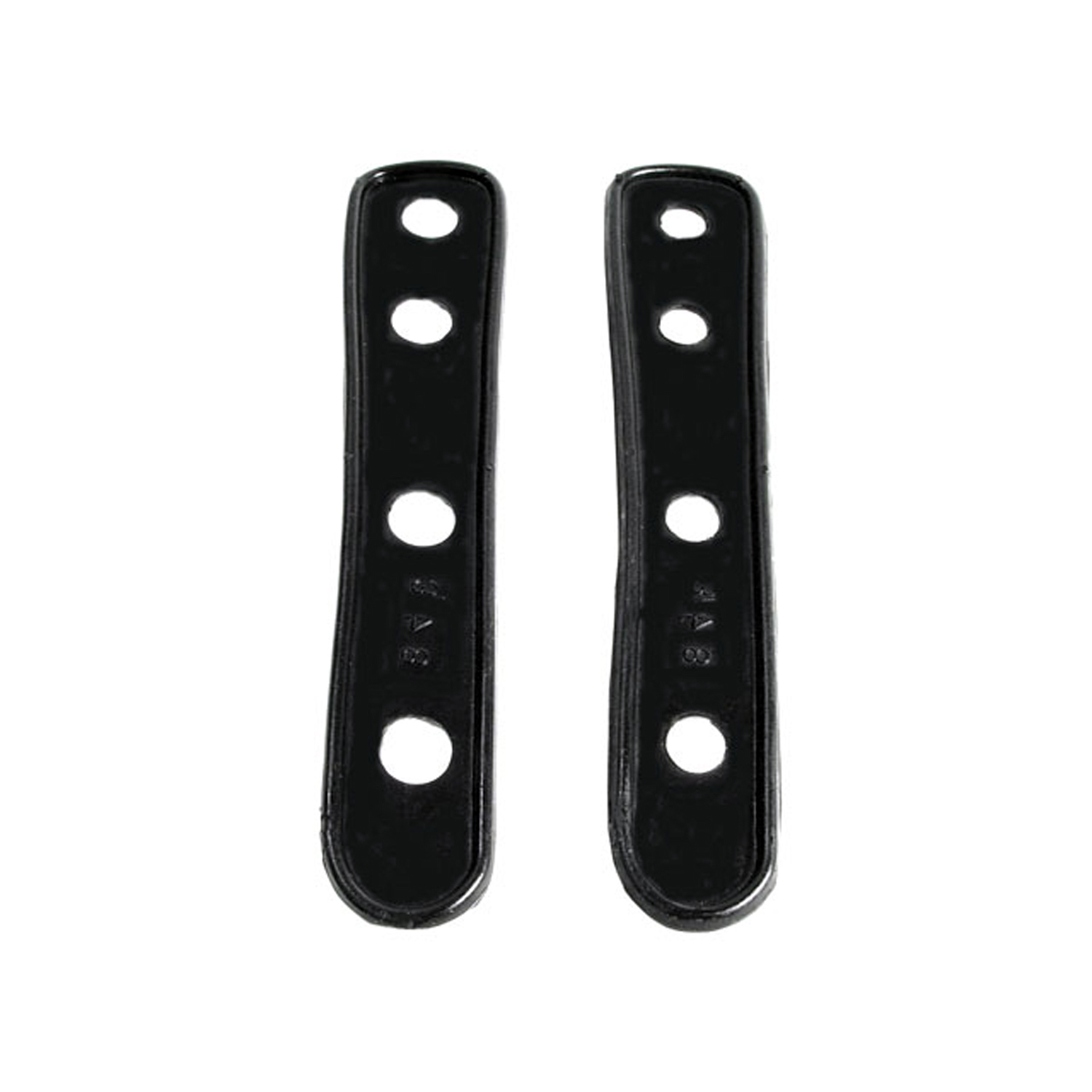 1938 Packard TWELVE Trunk Hinge Pads. 1-3/4" wide X 8-1/8" long. Cut to fit-MP 843Trunk Hinge Pads. 1-3/4" wide X 8-1/8" long. Cut to fit. Set
1938 Packard TWELVE Trunk Hinge Pads. 1-3/4" wide X 8-1/8" long. Cut to fit-MP 843Trunk Hinge Pads. 1-3/4" wide X 8-1/8" long. Cut to fit. Set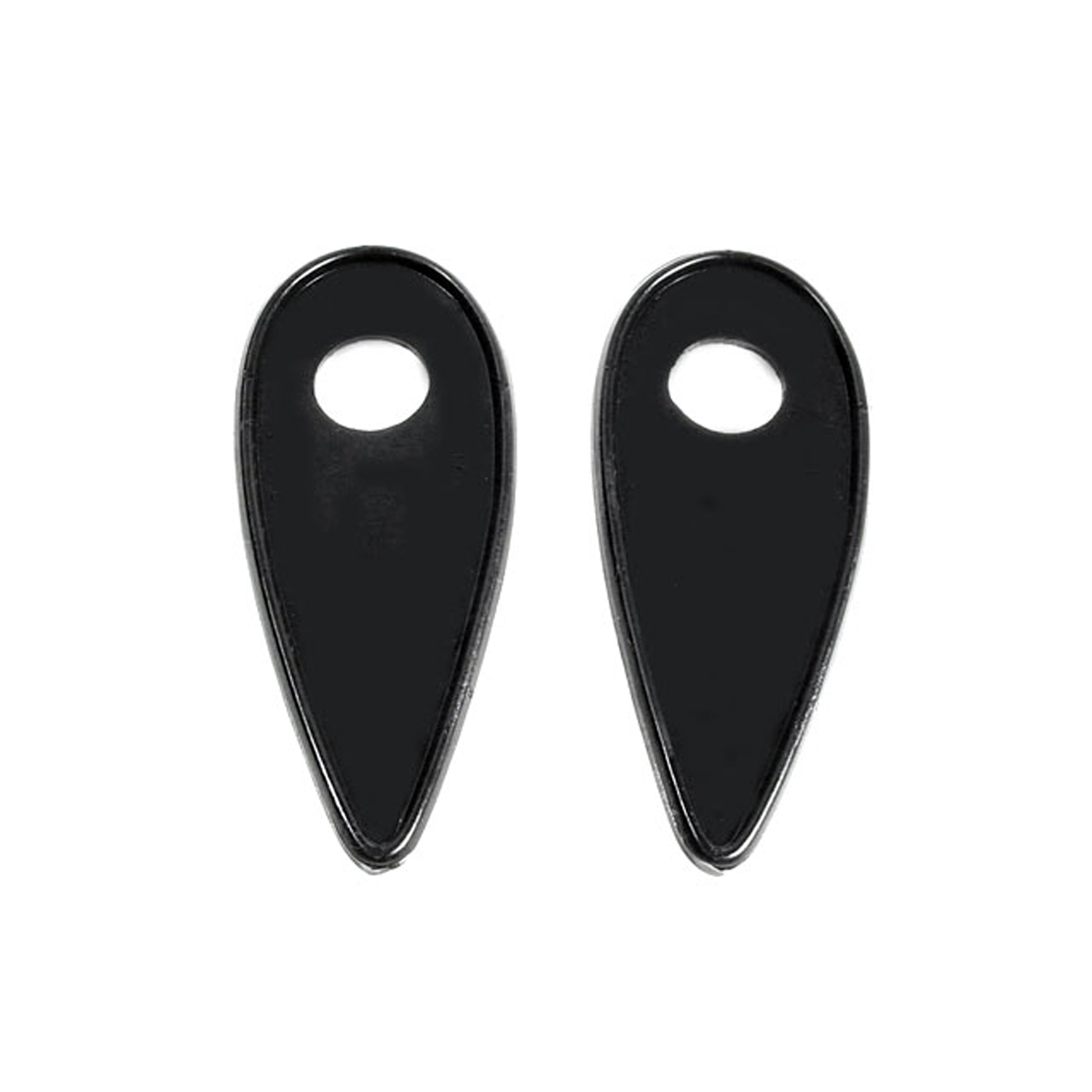 1938 Packard TWELVE Park Light Pads. 1-7/8" wide X 4-1/2" long. Pair-MP 844Park Light Pads. 1-7/8" wide X 4-1/2" long. Pair
1938 Packard TWELVE Park Light Pads. 1-7/8" wide X 4-1/2" long. Pair-MP 844Park Light Pads. 1-7/8" wide X 4-1/2" long. Pair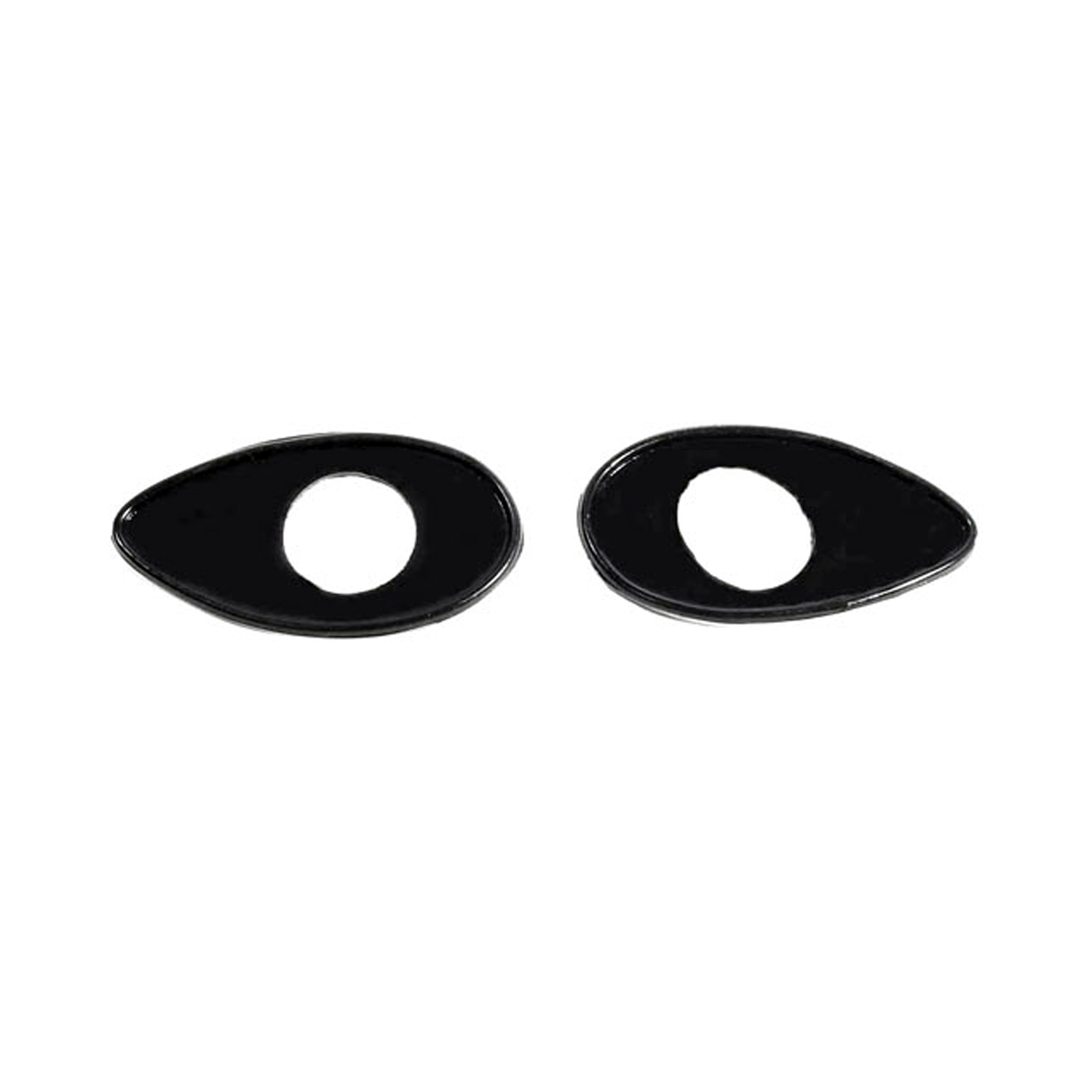 1938 Packard TWELVE Door Handle Pads. 1-5/8" wide X 2-7/8" long. Pair-MP 844-ADoor Handle Pads. 1-5/8" wide X 2-7/8" long. Pair
1938 Packard TWELVE Door Handle Pads. 1-5/8" wide X 2-7/8" long. Pair-MP 844-ADoor Handle Pads. 1-5/8" wide X 2-7/8" long. Pair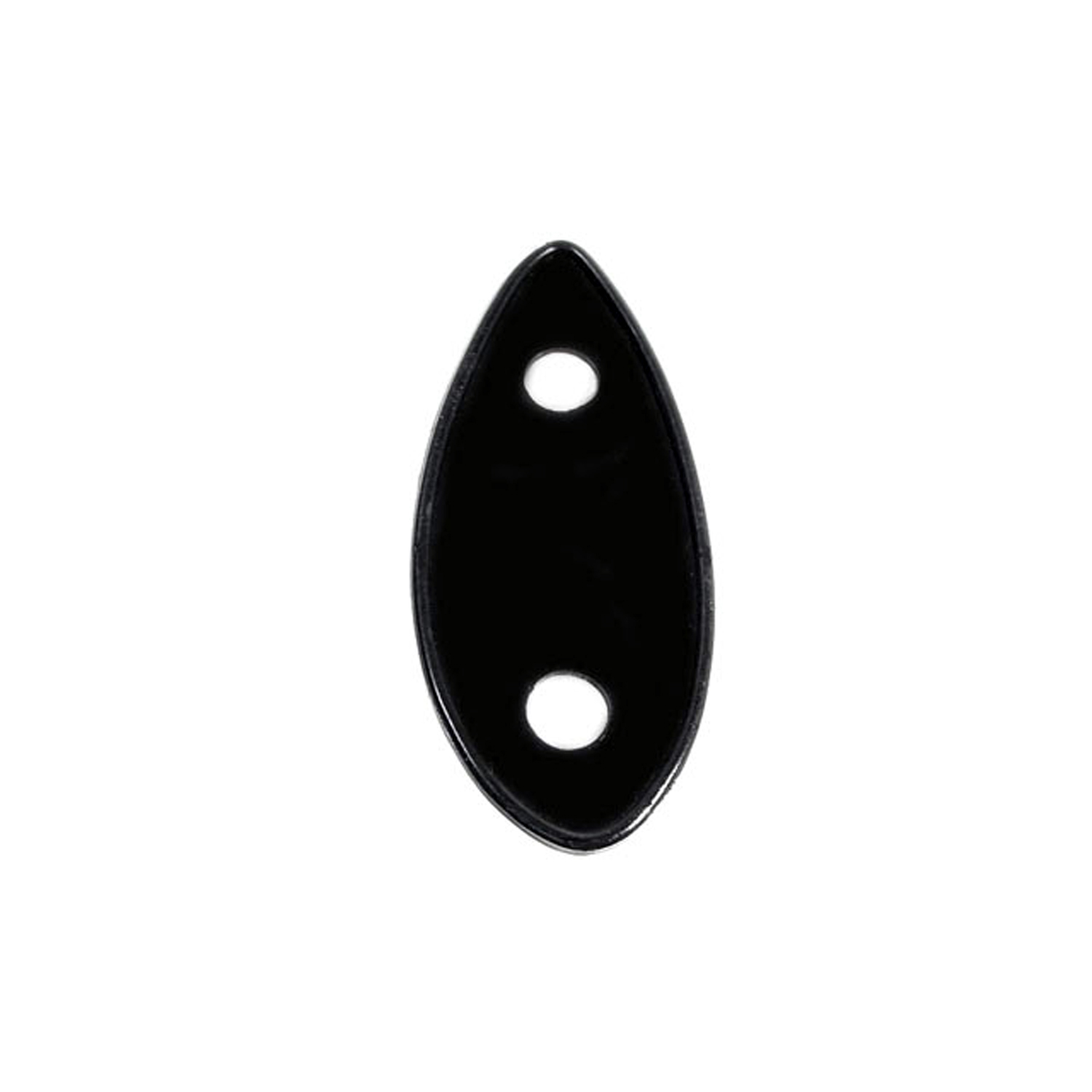 1938 Packard TWELVE Rumble Seat Step-Plate Pad. 2" wide X 4-3/8" long. Each-MP 849-BRumble Seat Step-Plate Pad. 2" wide X 4-3/8" long. Each
1938 Packard TWELVE Rumble Seat Step-Plate Pad. 2" wide X 4-3/8" long. Each-MP 849-BRumble Seat Step-Plate Pad. 2" wide X 4-3/8" long. Each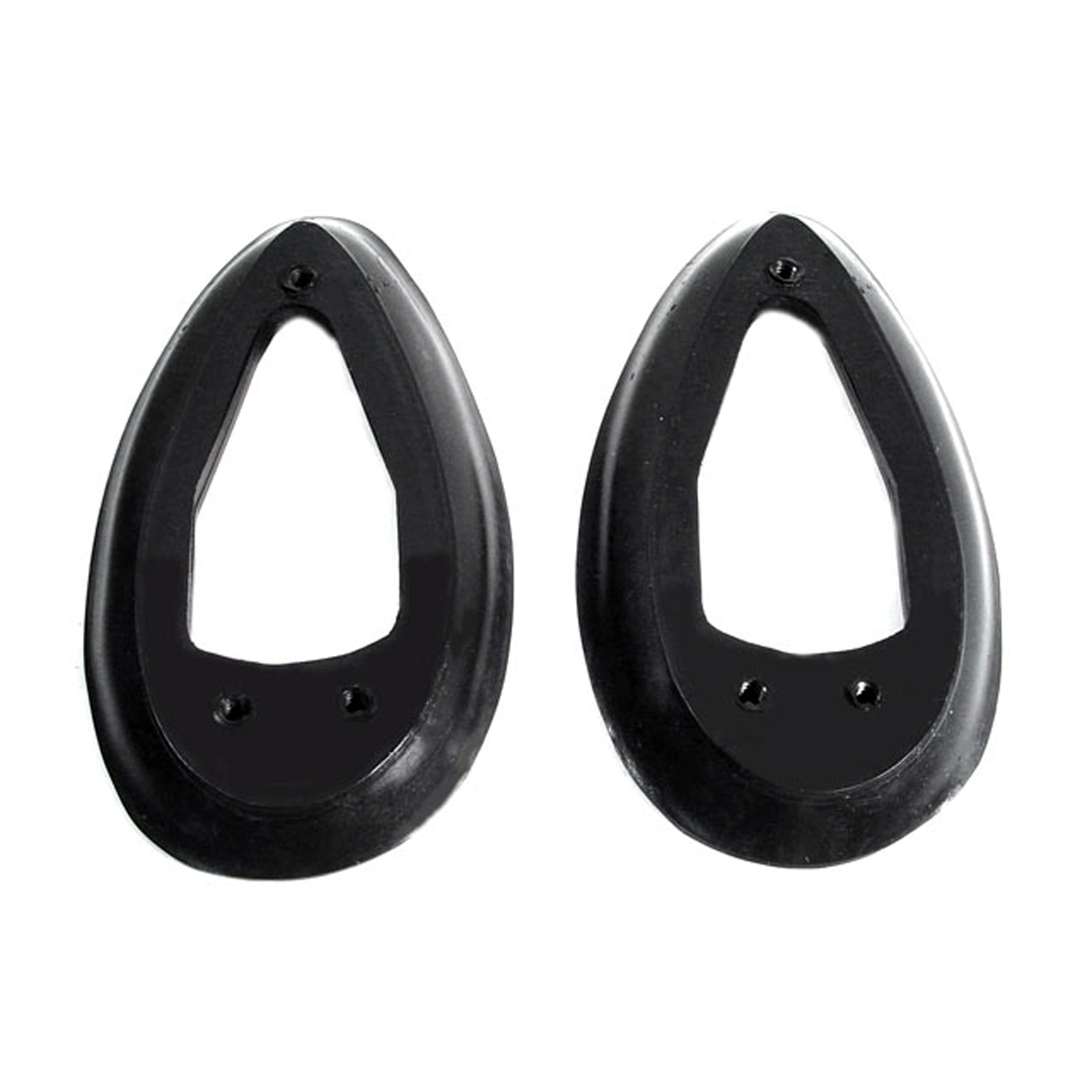 1938 Packard TWELVE Headlight Pads. Thick mounting pads-MP 853Headlight Pads. Thick mounting pads. 3-3/8" wide X 6-1/2" long. Pair R&L
1938 Packard TWELVE Headlight Pads. Thick mounting pads-MP 853Headlight Pads. Thick mounting pads. 3-3/8" wide X 6-1/2" long. Pair R&L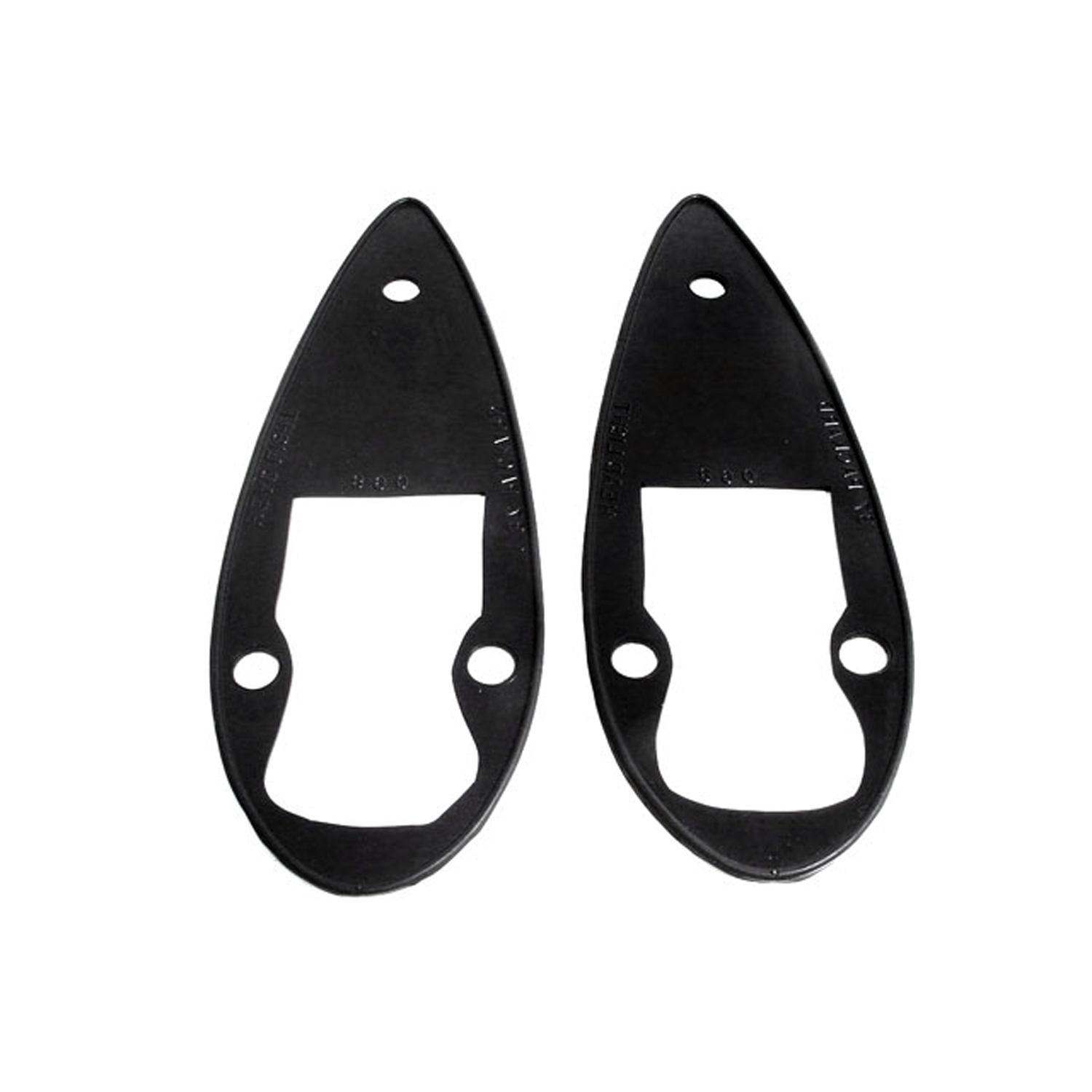 1938 Packard TWELVE Headlight Pads. 3-7/8" wide X 11-1/4" long. Pair-MP 890Headlight Pads. 3-7/8" wide X 11-1/4" long. Pair
1938 Packard TWELVE Headlight Pads. 3-7/8" wide X 11-1/4" long. Pair-MP 890Headlight Pads. 3-7/8" wide X 11-1/4" long. Pair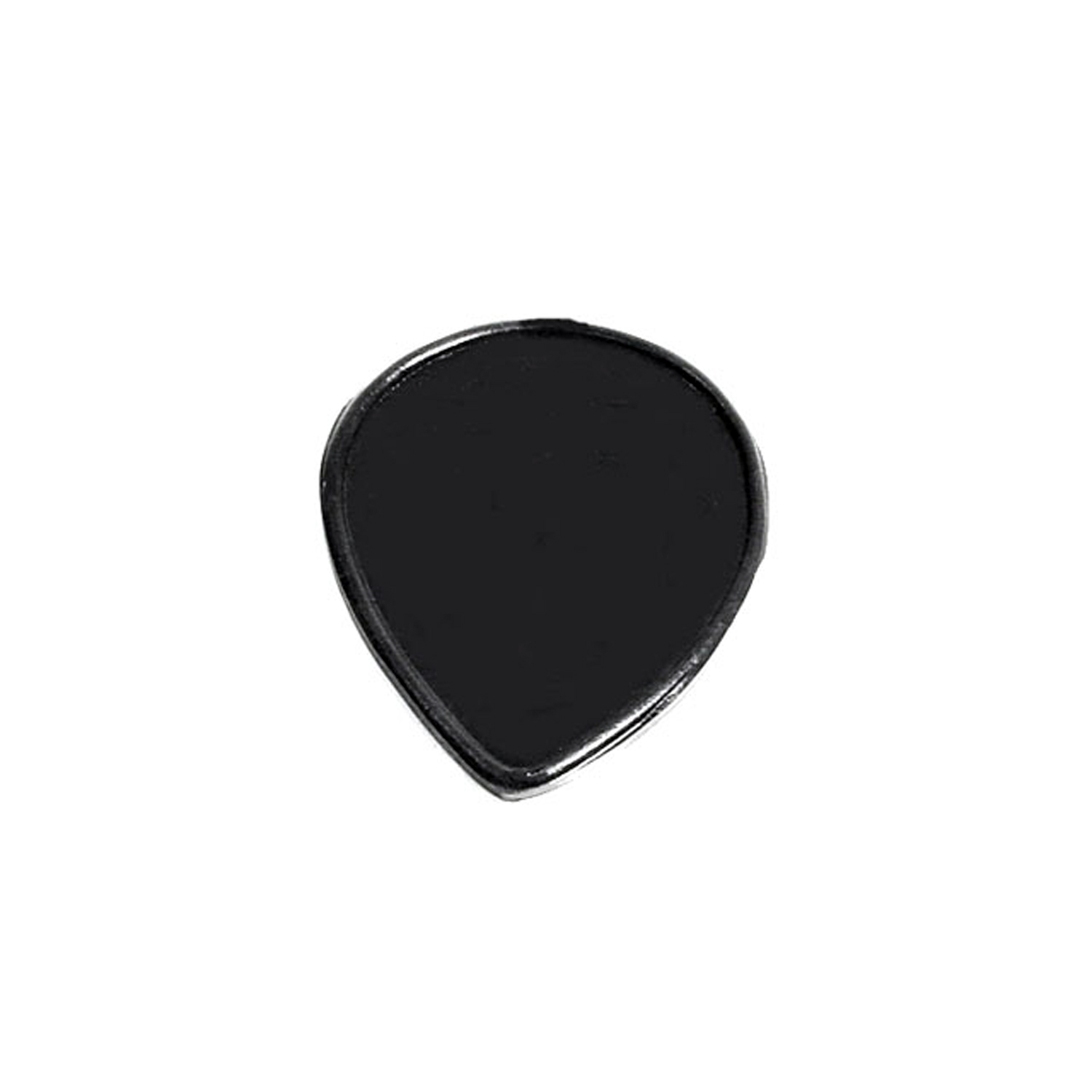 1938 Packard TWELVE License Stand Pad. 2-5/8" wide X 3-1/2" long. Each-MP 892License Stand Pad. 2-5/8" wide X 3-1/2" long. Each
1938 Packard TWELVE License Stand Pad. 2-5/8" wide X 3-1/2" long. Each-MP 892License Stand Pad. 2-5/8" wide X 3-1/2" long. Each 1938 Packard TWELVE Tail-light Pads. 4-1/8" long. 2-3/8" wide X 4-1/4" long-MP 893Tail-light Pads. 4-1/8" long. 2-3/8" wide X 4-1/4" long. Pair
1938 Packard TWELVE Tail-light Pads. 4-1/8" long. 2-3/8" wide X 4-1/4" long-MP 893Tail-light Pads. 4-1/8" long. 2-3/8" wide X 4-1/4" long. Pair 1938 Packard TWELVE Tail-light Pads. 2-1/2" wide X 5-1/2" long. Pair-MP 904Tail-light Pads. 2-1/2" wide X 5-1/2" long. Pair
1938 Packard TWELVE Tail-light Pads. 2-1/2" wide X 5-1/2" long. Pair-MP 904Tail-light Pads. 2-1/2" wide X 5-1/2" long. Pair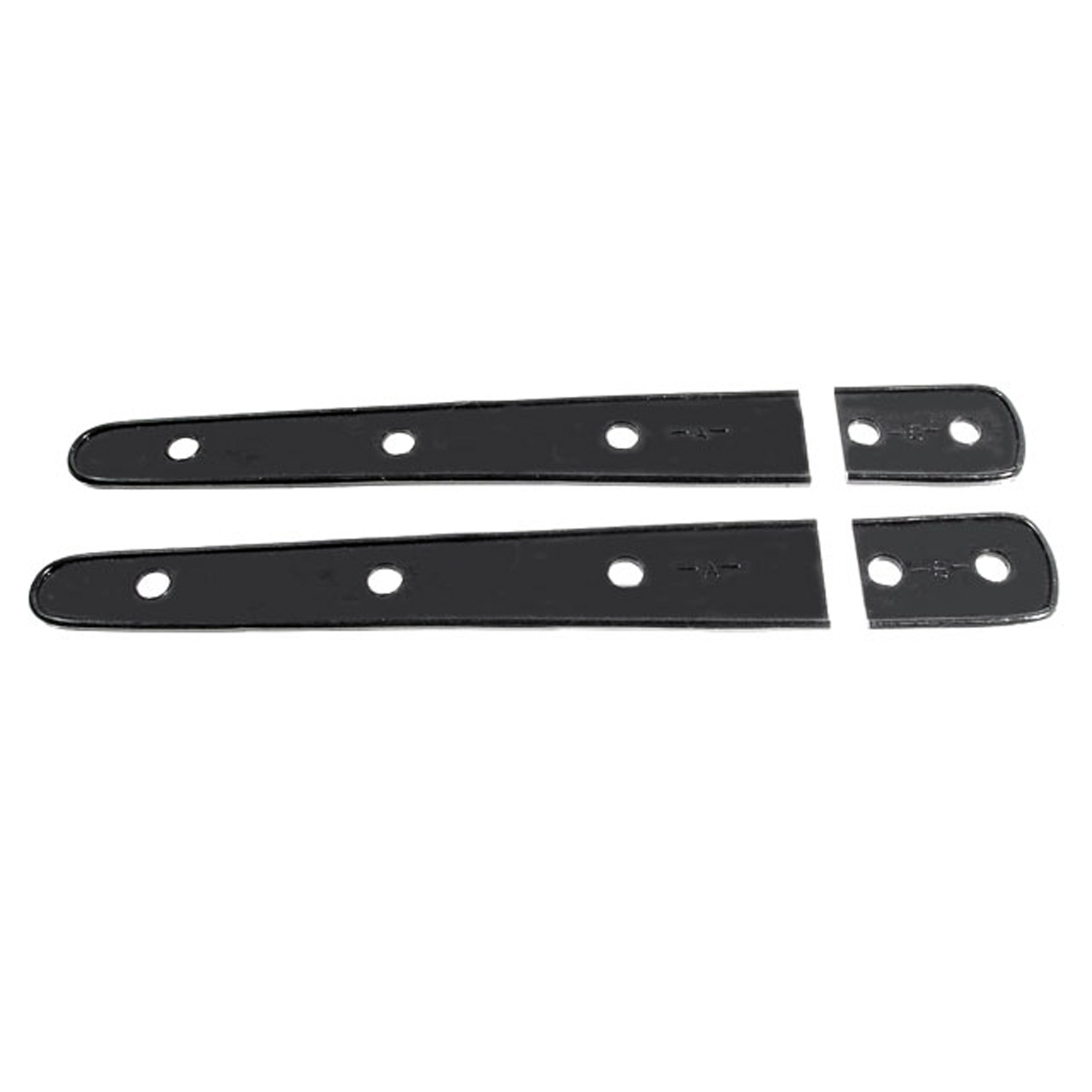 1938 Packard TWELVE Trunk Hinge Pads. 1-1/2" wide X 11-1/8" long. Set-MP 931Trunk Hinge Pads. 1-1/2" wide X 11-1/8" long. Set
1938 Packard TWELVE Trunk Hinge Pads. 1-1/2" wide X 11-1/8" long. Set-MP 931Trunk Hinge Pads. 1-1/2" wide X 11-1/8" long. Set 1938 Packard TWELVE Torque Arm Ball Rubbers. Pair-RP 73Torque Arm Ball Rubbers. Pair
1938 Packard TWELVE Torque Arm Ball Rubbers. Pair-RP 73Torque Arm Ball Rubbers. Pair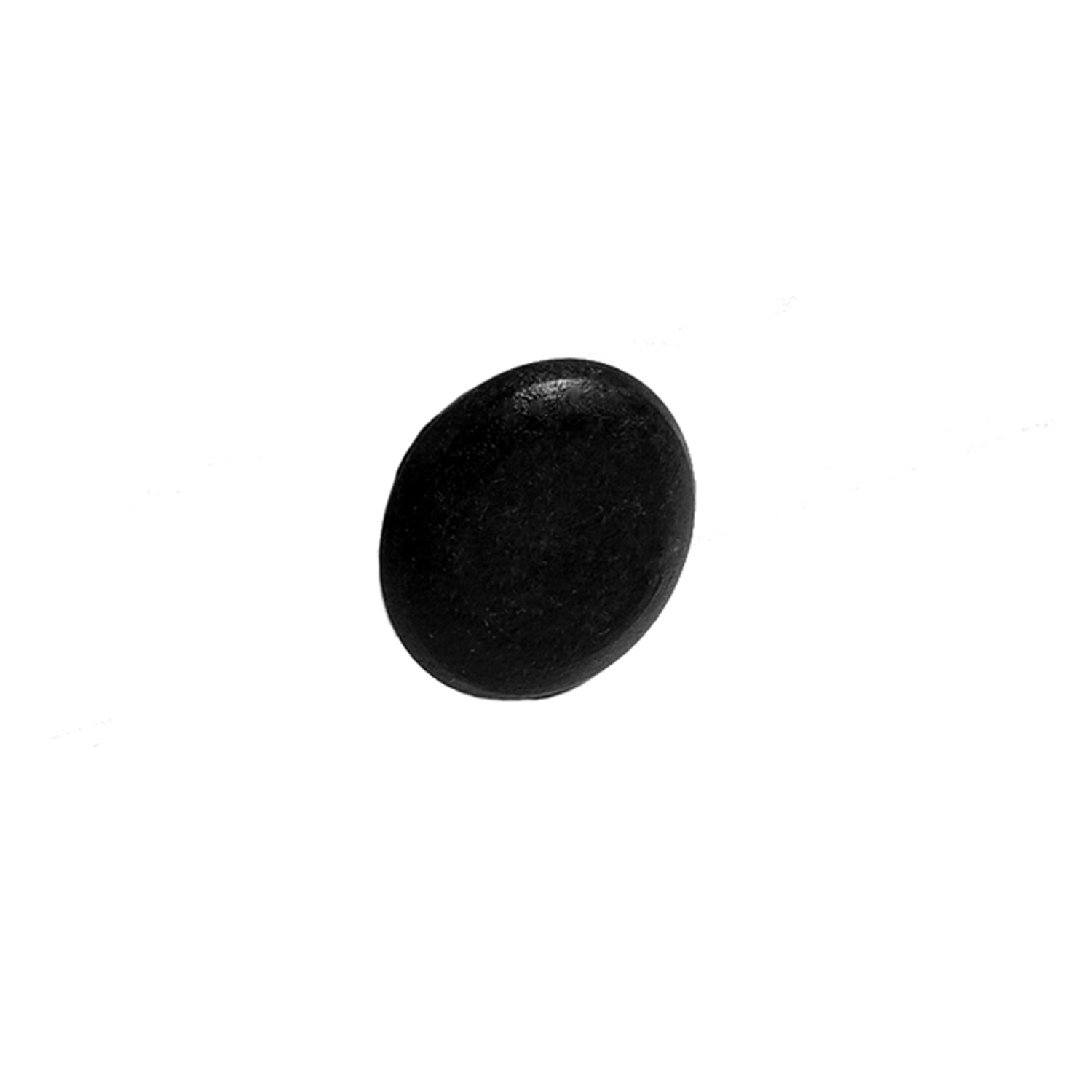 1938 Packard TWELVE Trunk Bumper. 3/4" O.D., 5/8" I.D. Each-SB 74Trunk Bumper. 3/4" O.D., 5/8" I.D. Each
1938 Packard TWELVE Trunk Bumper. 3/4" O.D., 5/8" I.D. Each-SB 74Trunk Bumper. 3/4" O.D., 5/8" I.D. Each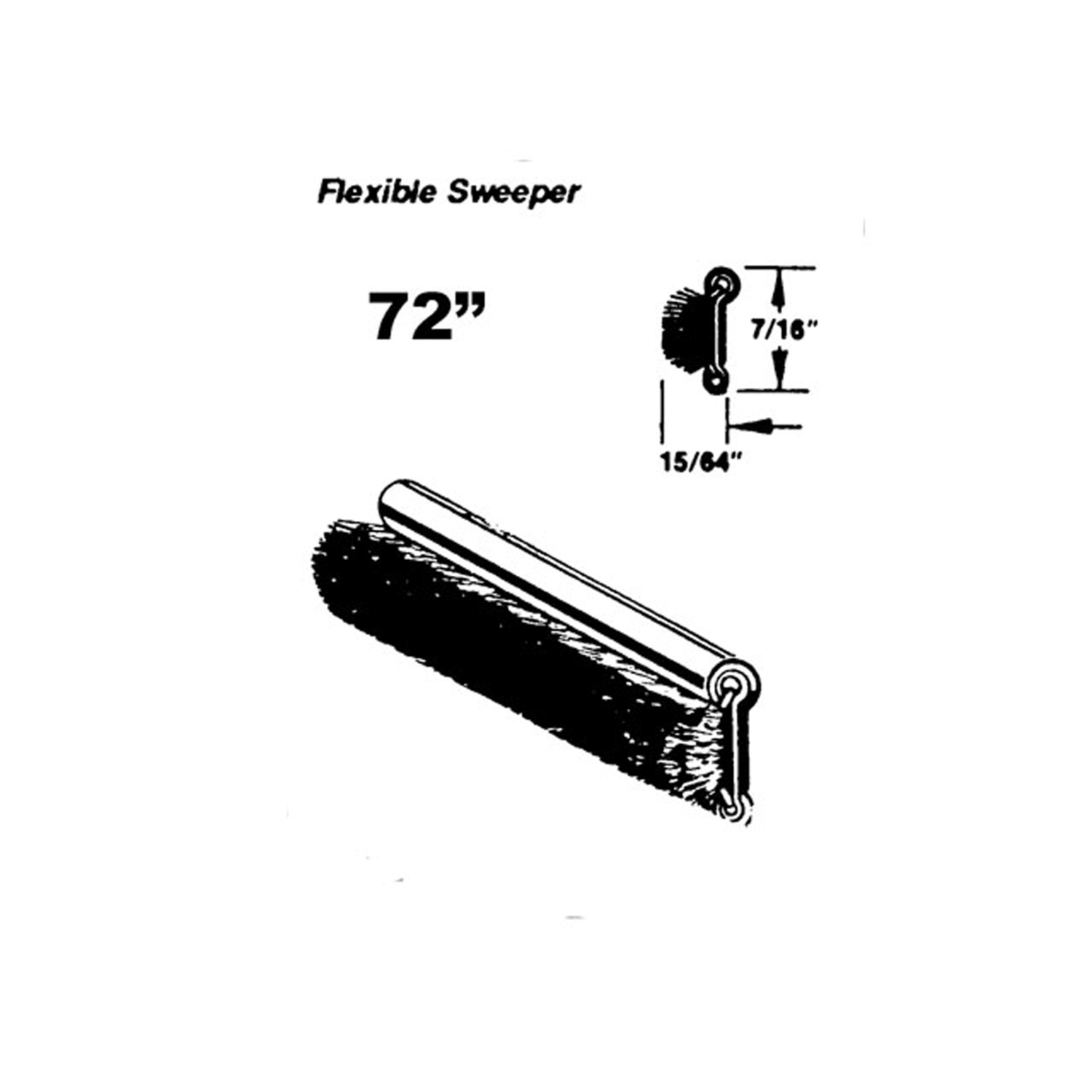 1938 Packard TWELVE Flexible sweeper. Made with stainless steel bead-WC 8-72Flexible sweeper. Made with stainless steel bead. Used on inner and outer beltlines. Also forms easily for use with sliding quarter windows. 72 in. long. Each. NOTE: $20 special shipping charge applies for domestic orders. Call or email for overseas shipping costs. Part can be sectioned into two equal lengths to reduce overseas shipping costs.
1938 Packard TWELVE Flexible sweeper. Made with stainless steel bead-WC 8-72Flexible sweeper. Made with stainless steel bead. Used on inner and outer beltlines. Also forms easily for use with sliding quarter windows. 72 in. long. Each. NOTE: $20 special shipping charge applies for domestic orders. Call or email for overseas shipping costs. Part can be sectioned into two equal lengths to reduce overseas shipping costs.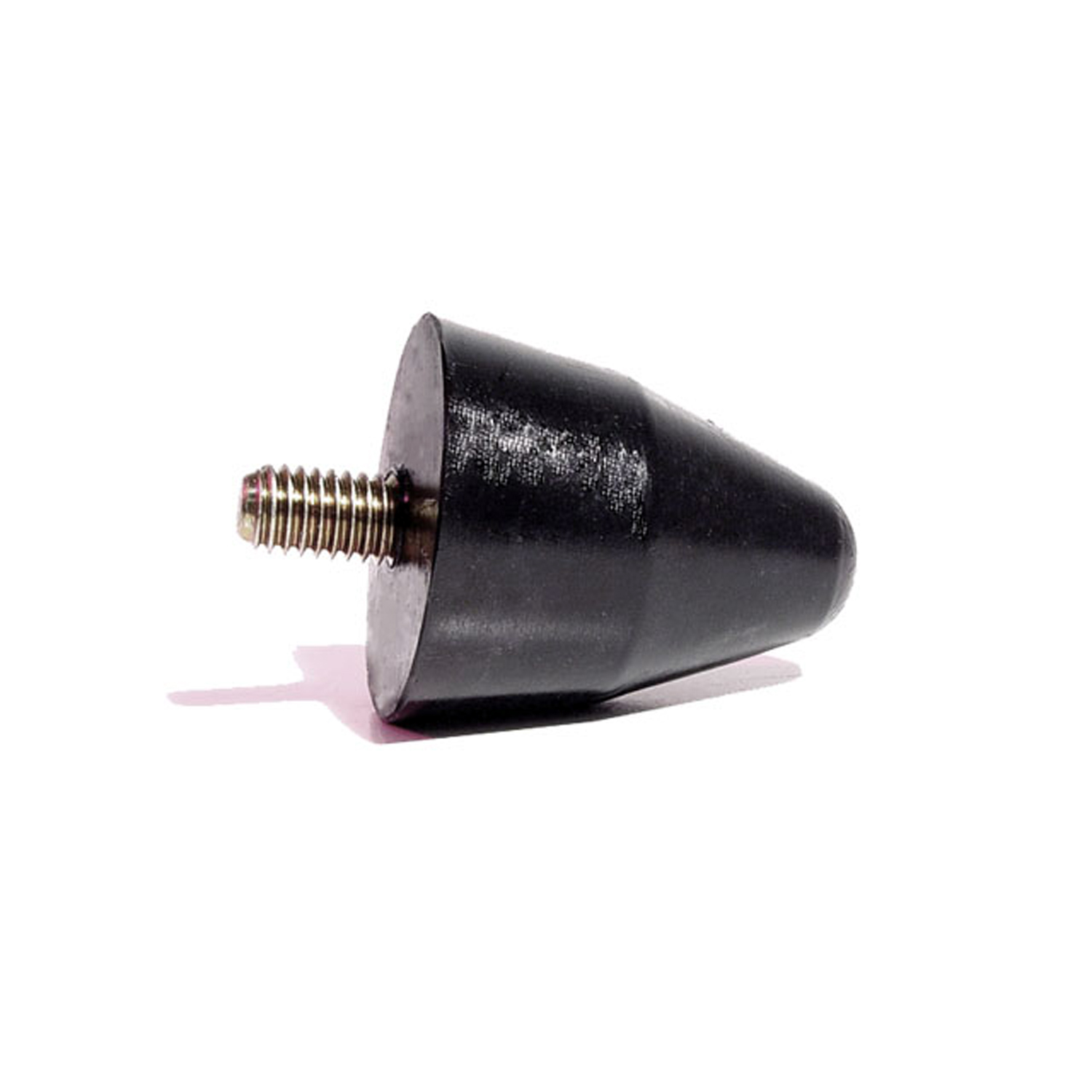 1938 Packard TWELVE Front Suspension Bumper. 2" high. Each-XB 18Front Suspension Bumper. 2" high. Each
1938 Packard TWELVE Front Suspension Bumper. 2" high. Each-XB 18Front Suspension Bumper. 2" high. EachWhy Choose Metro?
For over 100 years, Metro Moulded Parts has been the pinnacle of quality in classic car restoration parts. Our commitment to precision and authenticity in every component ensures a perfect fit and an OEM-level appearance.
- Expert Craftsmanship & Quality: Each part is a testament to our dedication to reliability and perfection, crafted from original designs and thoroughly tested.
- Advanced Technology: We use cutting-edge techniques to create flawless, long-lasting parts that surpass others in performance.
- SuperSoft Sponge – The Ultimate Door Seal: Not only are our door seals 30% softer than competitors', but they're also guaranteed to never leak. They effectively reduce wind and road noise, enhancing your classic car's comfort and driving experience.
- Proudly American: Our parts are a product of American craftsmanship, made in the USA with a spirit of excellence and heritage.
- Unrivaled Warranty: We back our products with a 30-year industry-leading warranty, a testament to our confidence in their quality.
Join us in preserving the legacy of classic cars with parts that are crafted for perfection, not just made.

